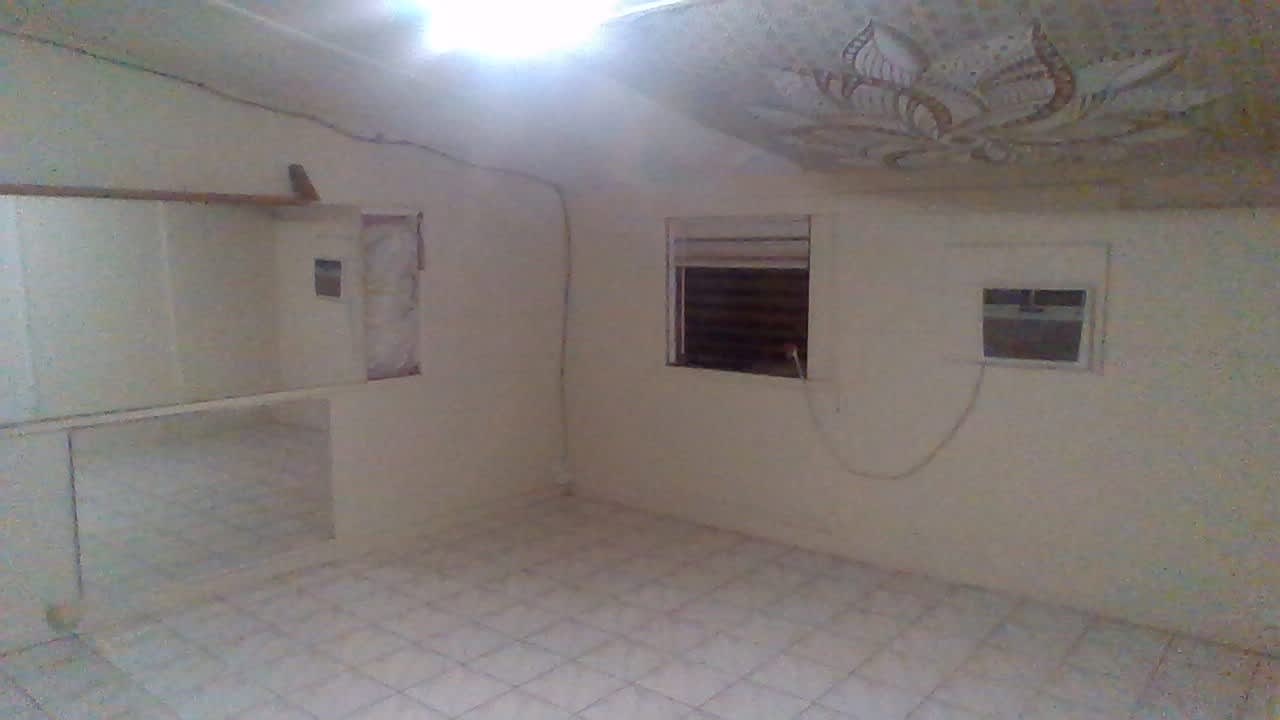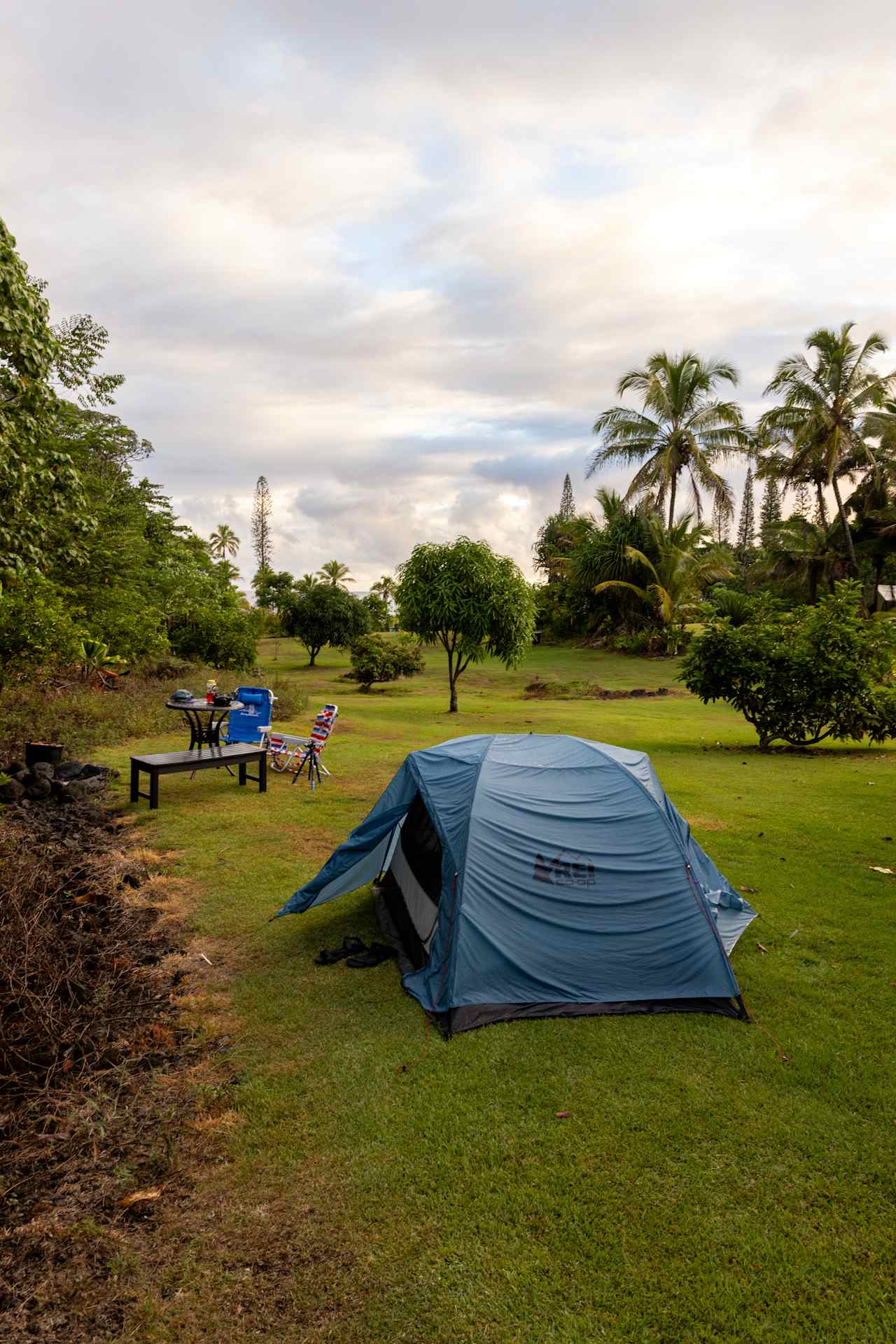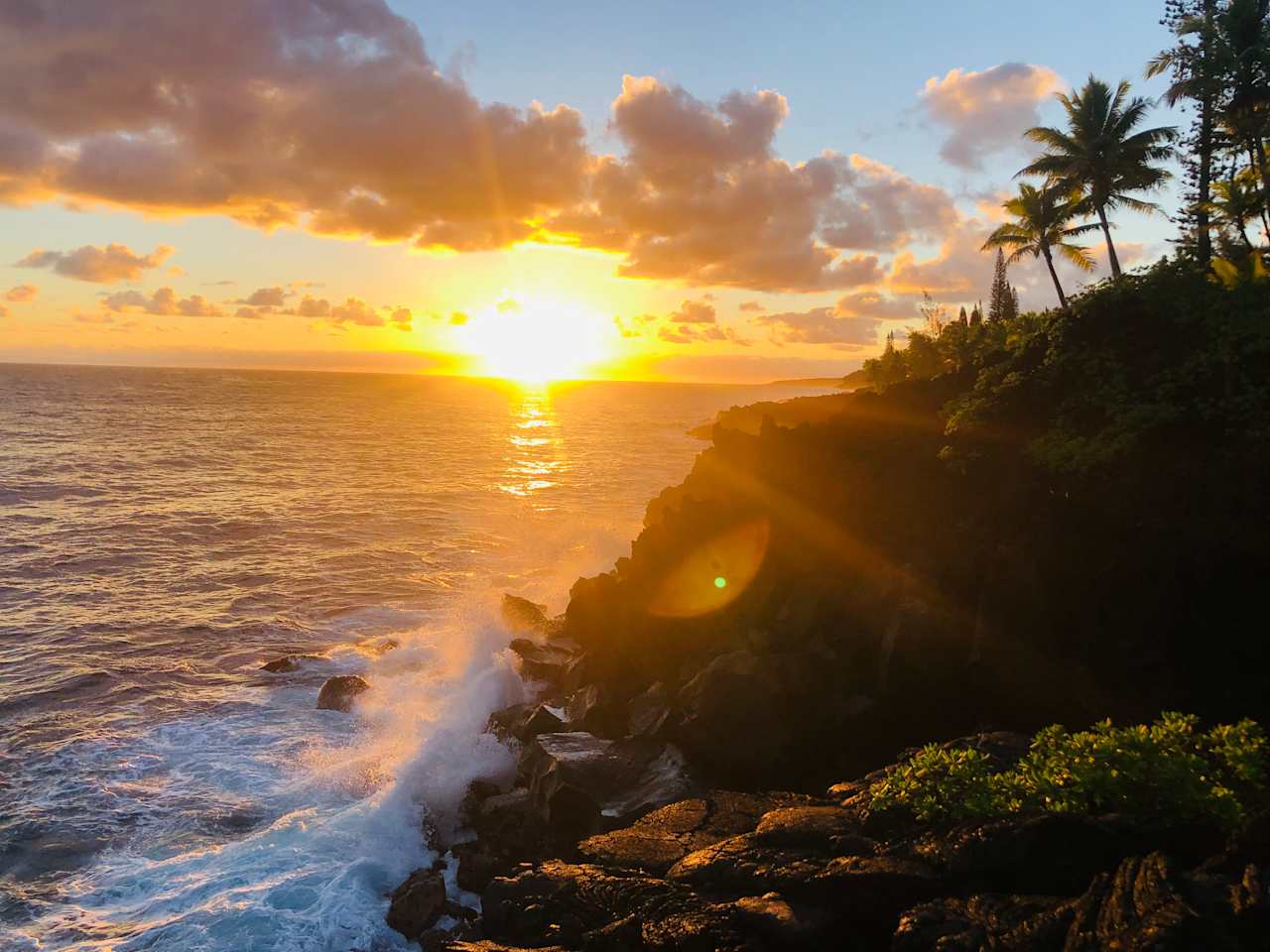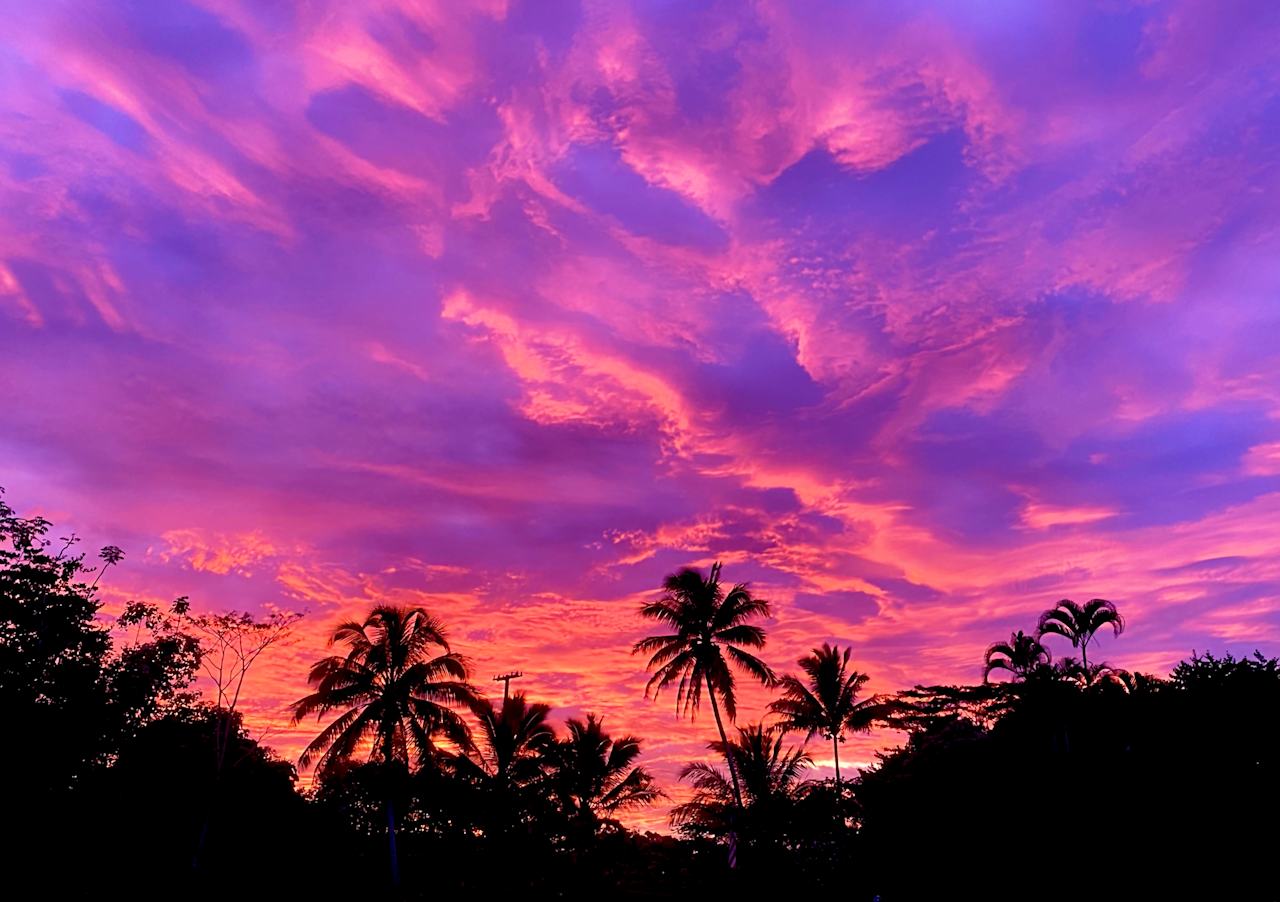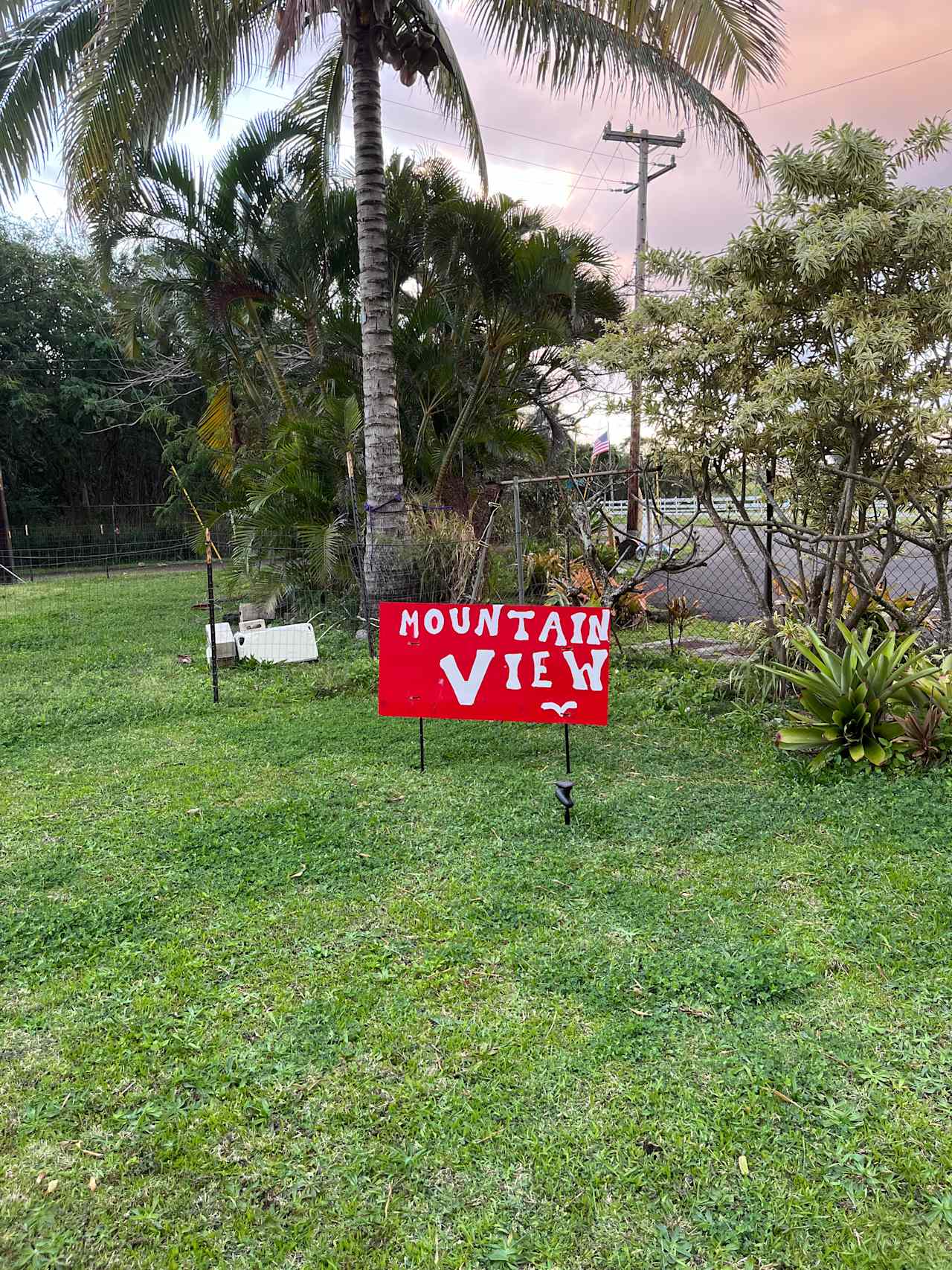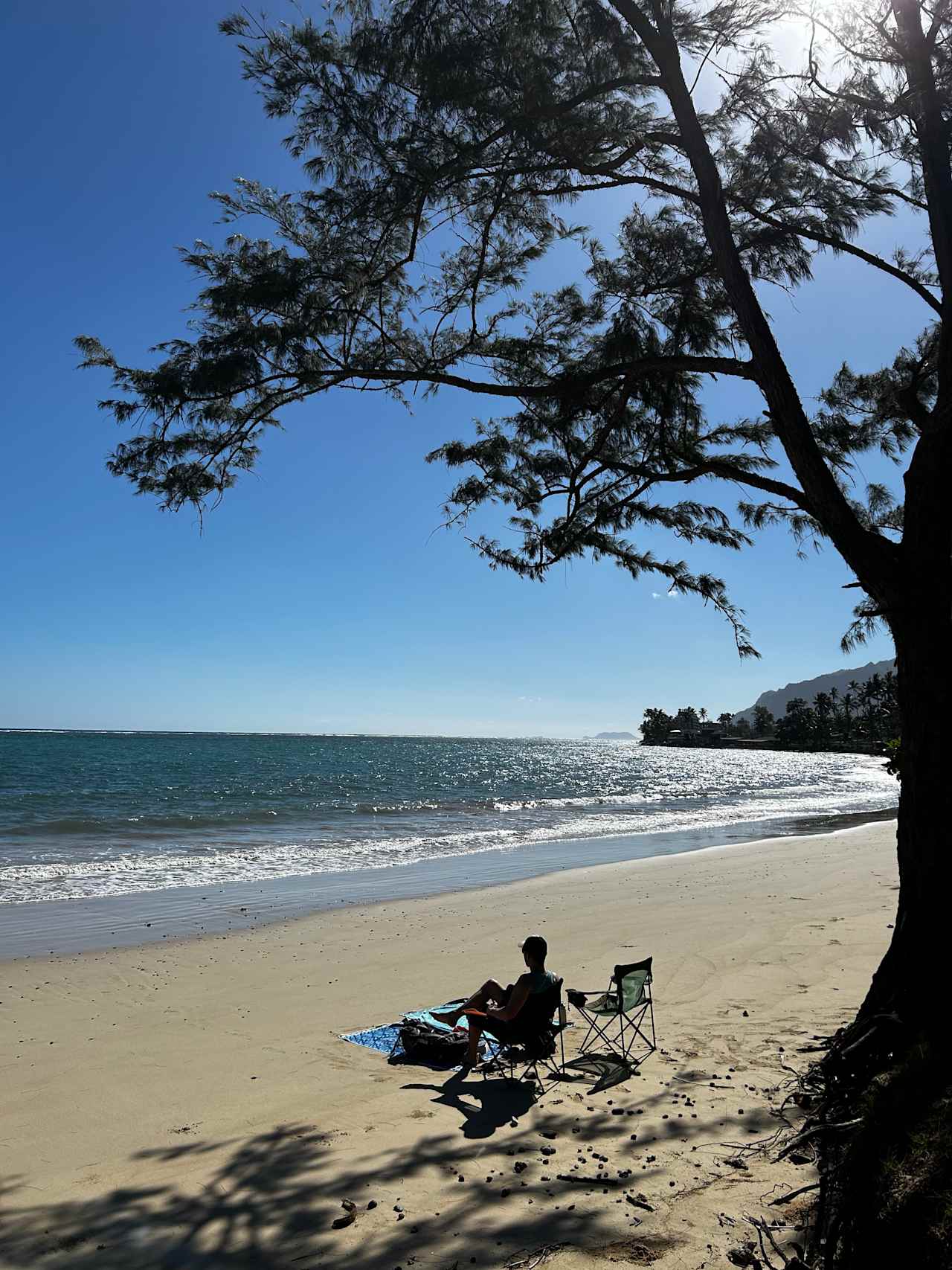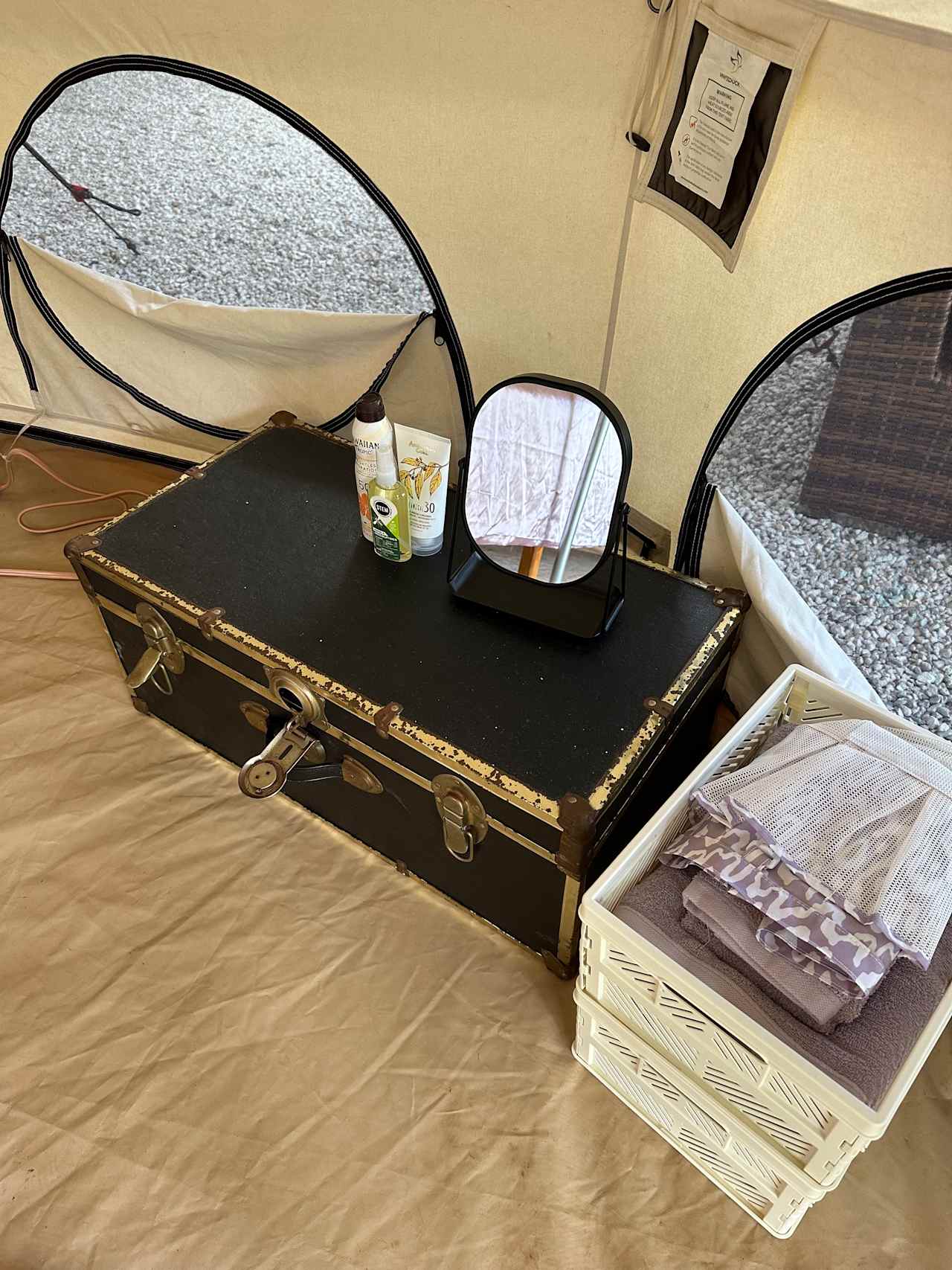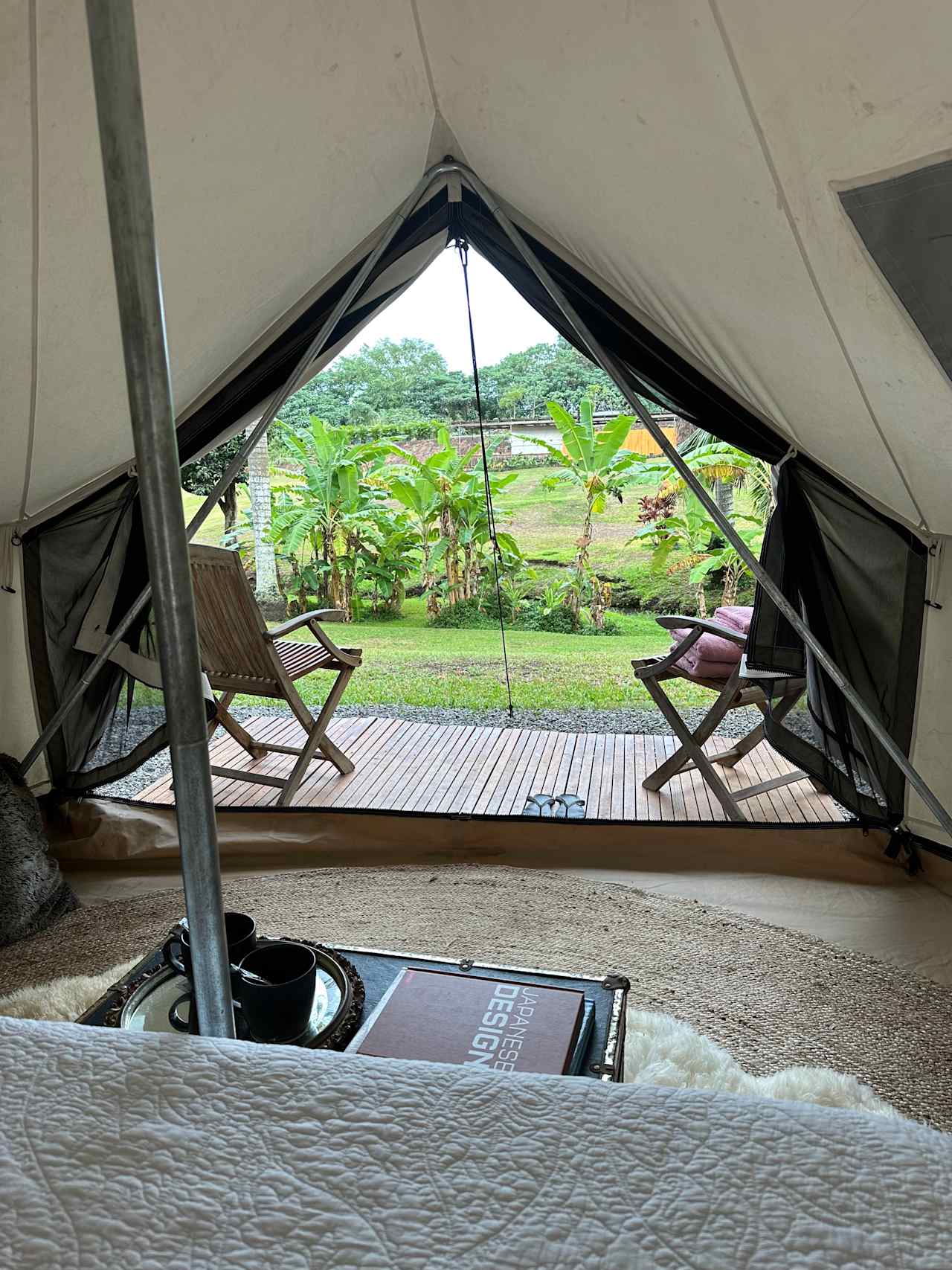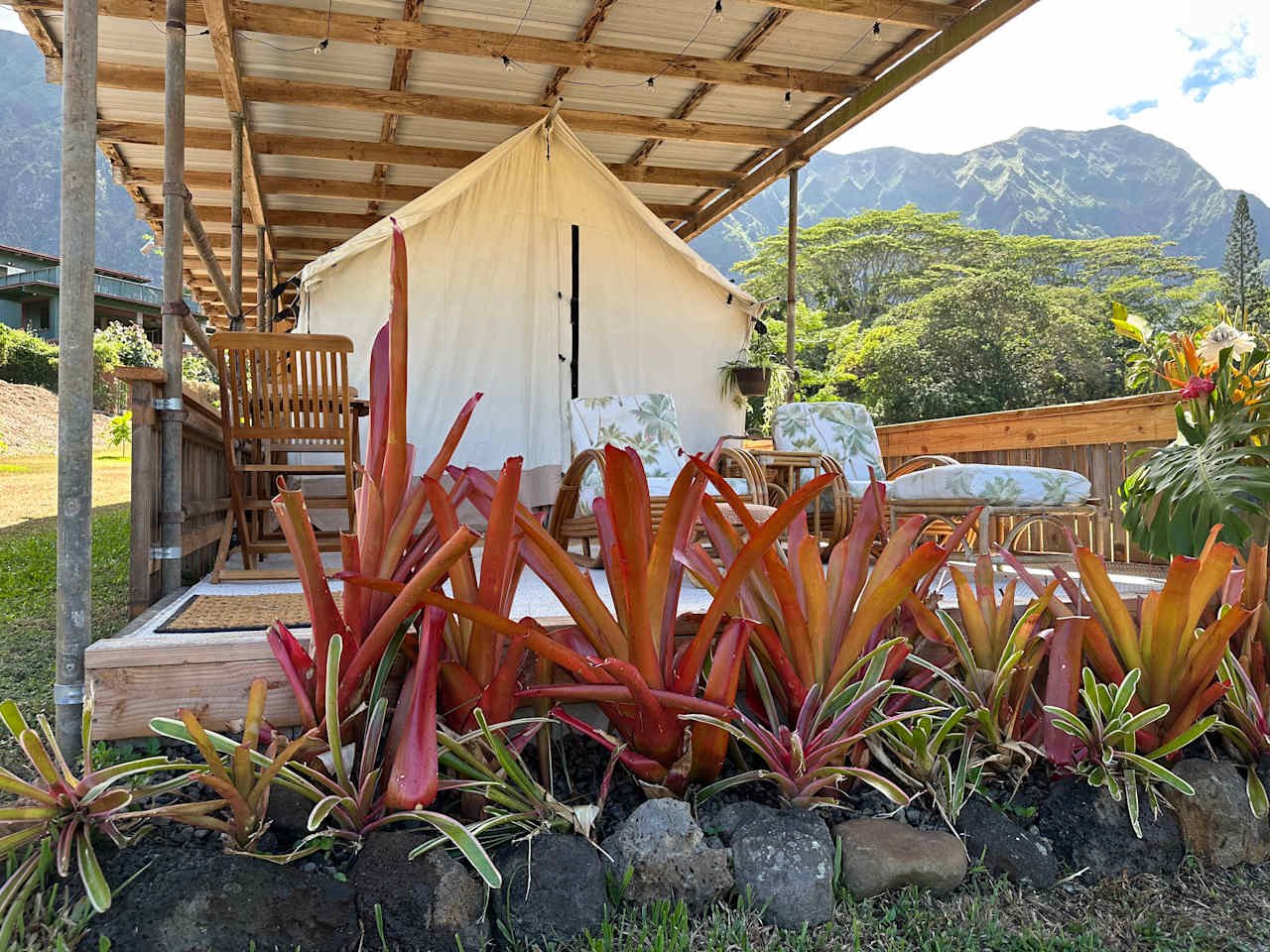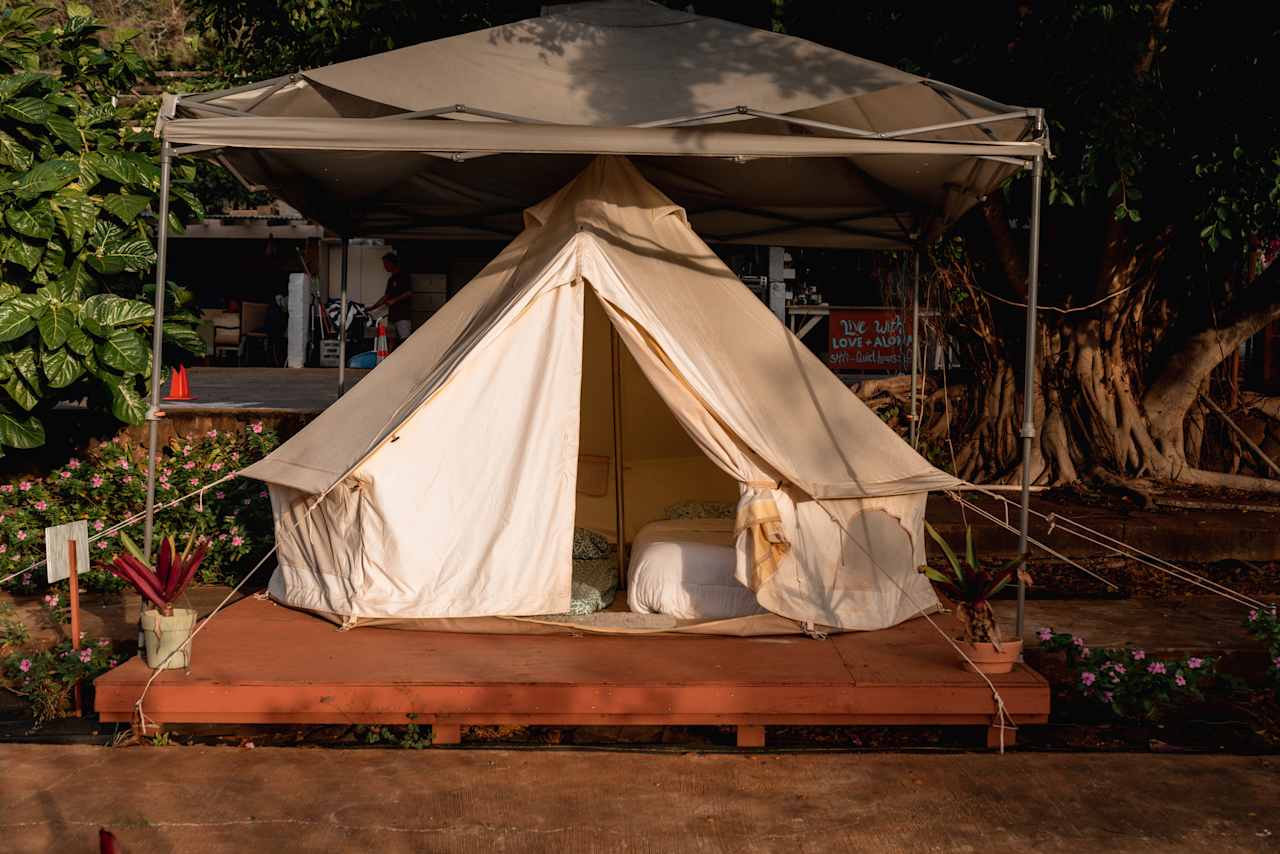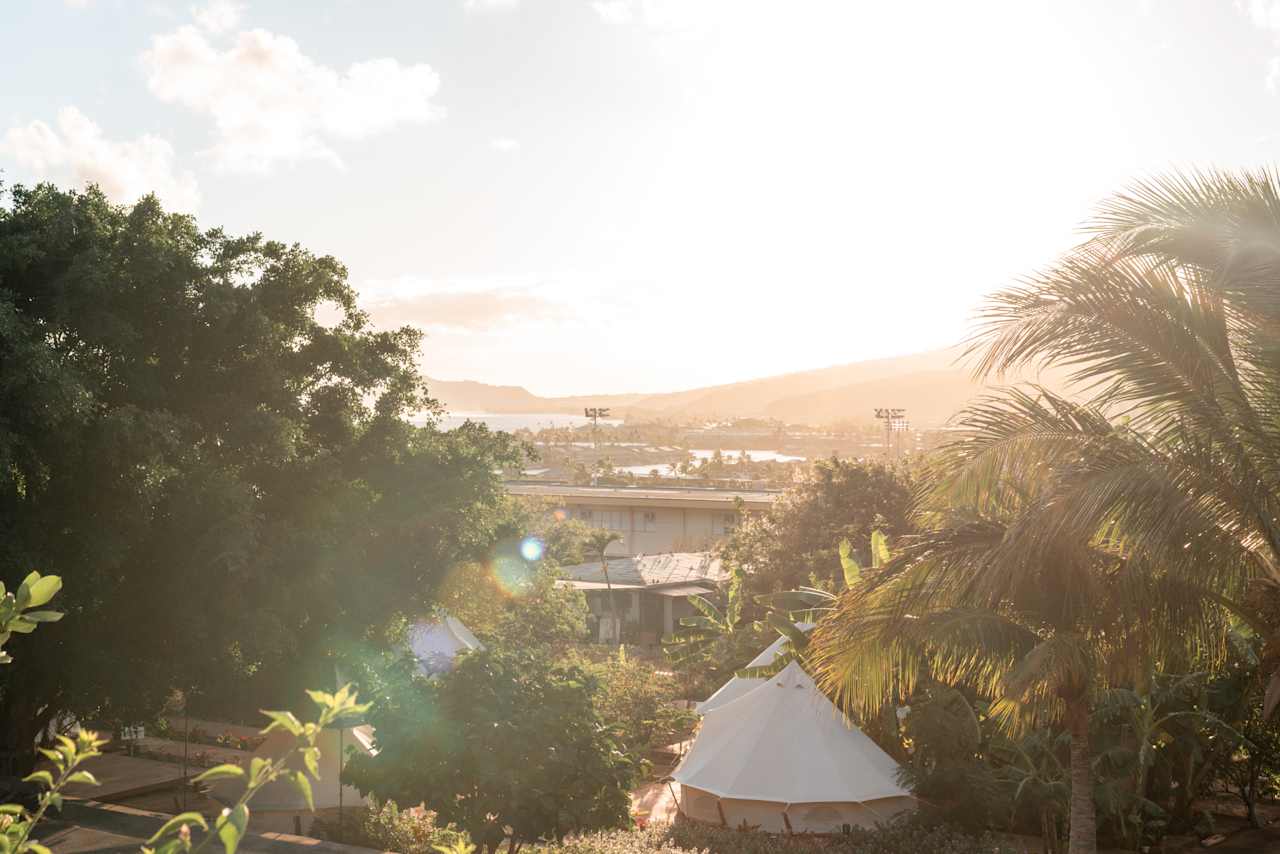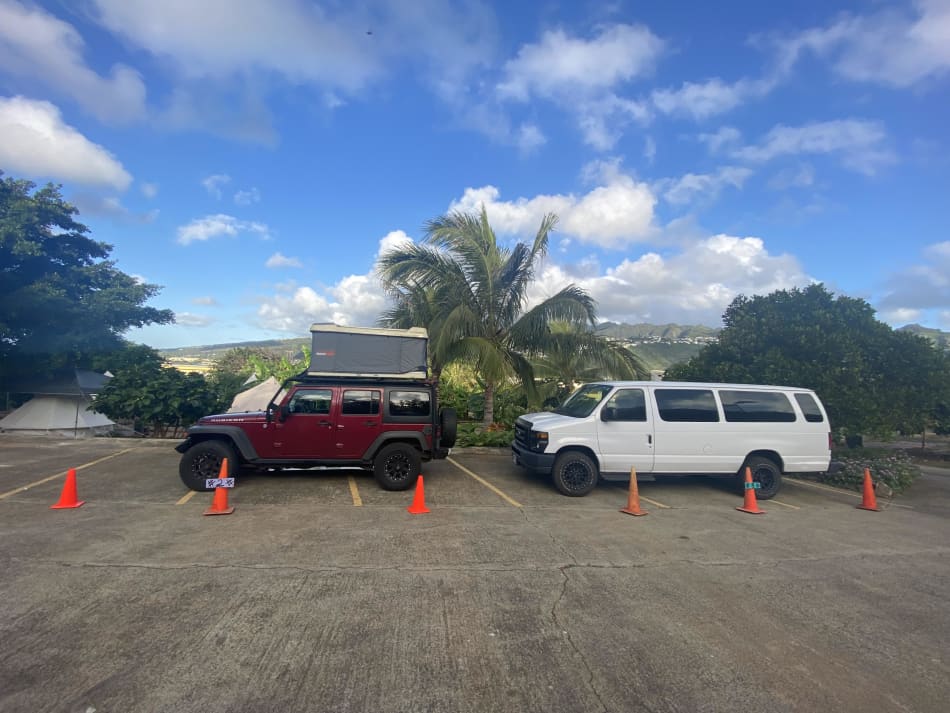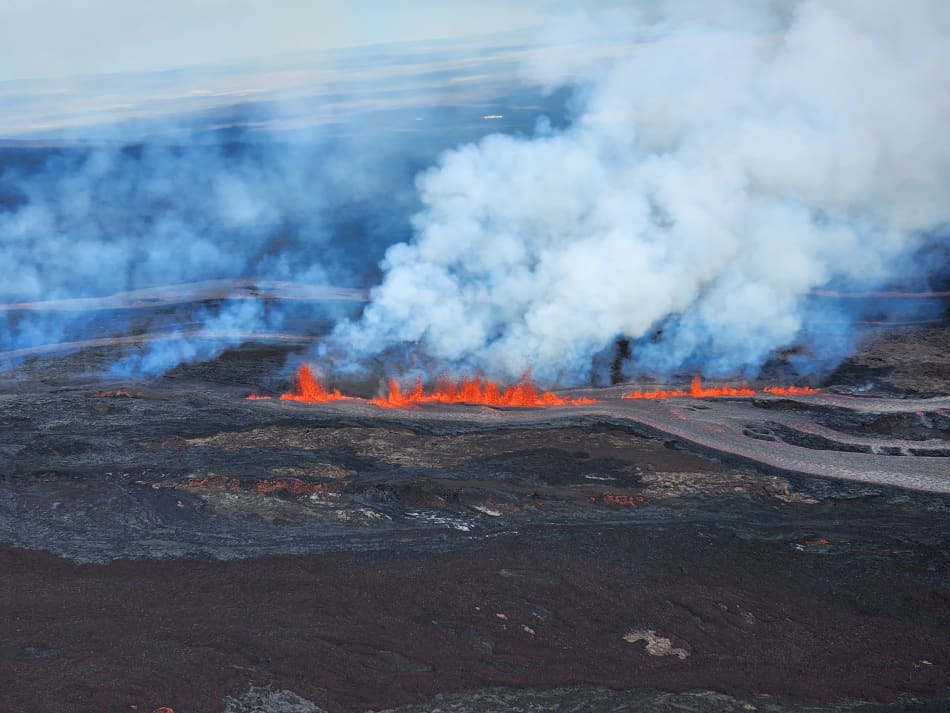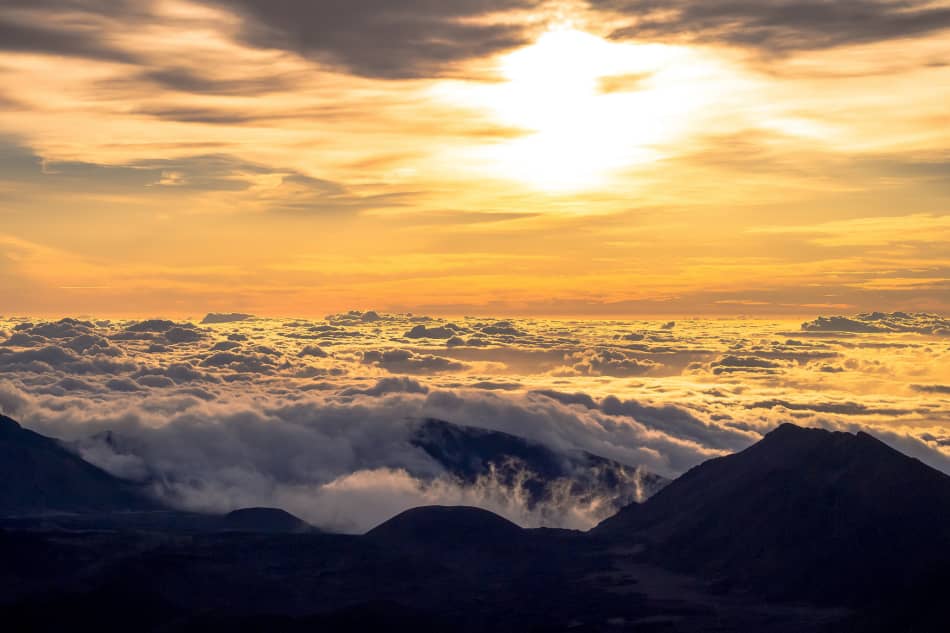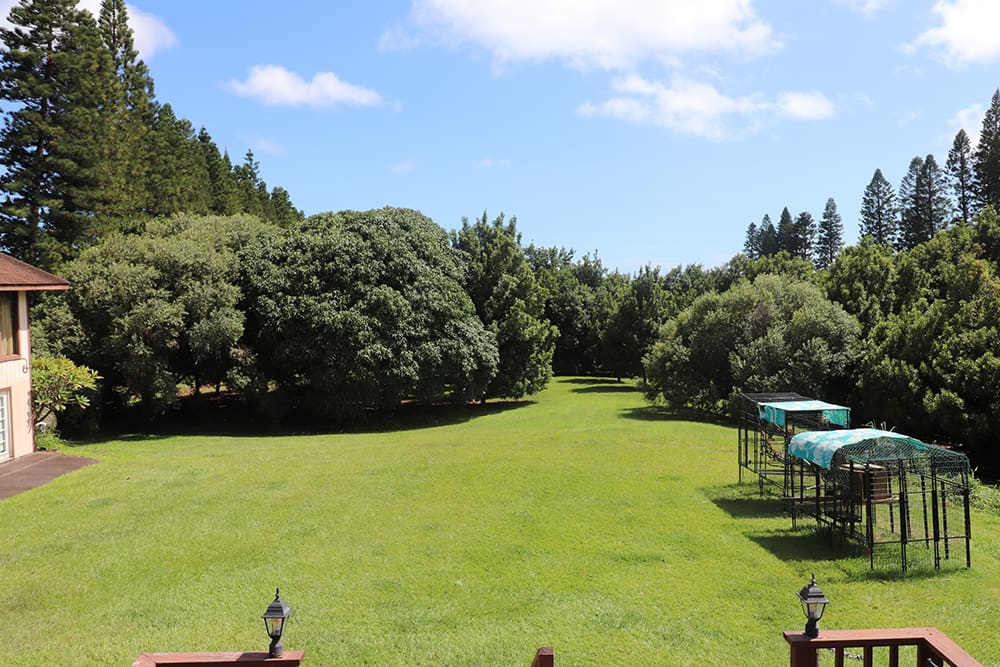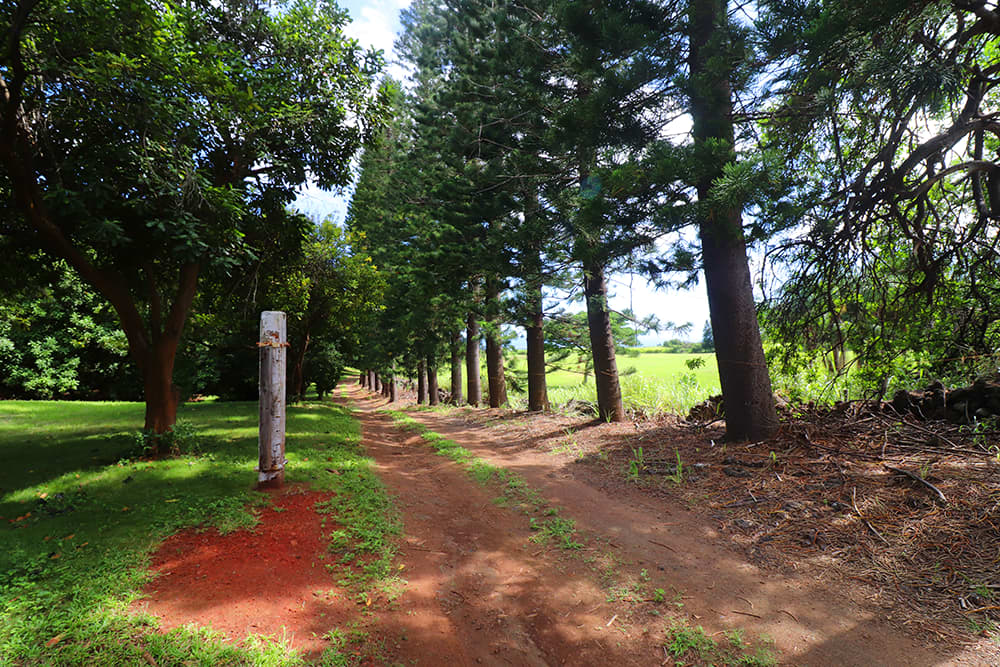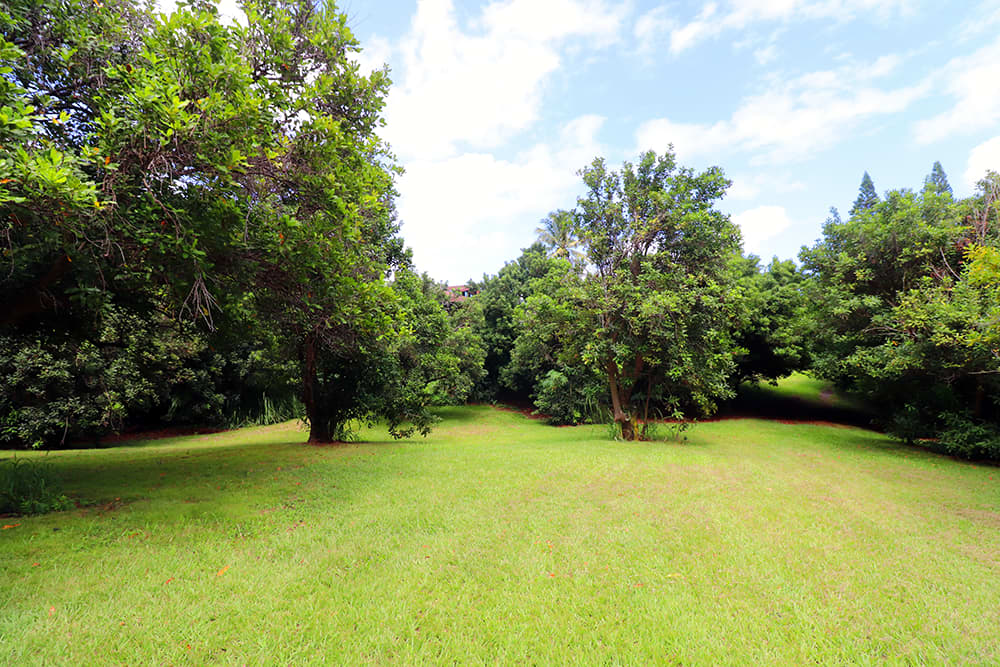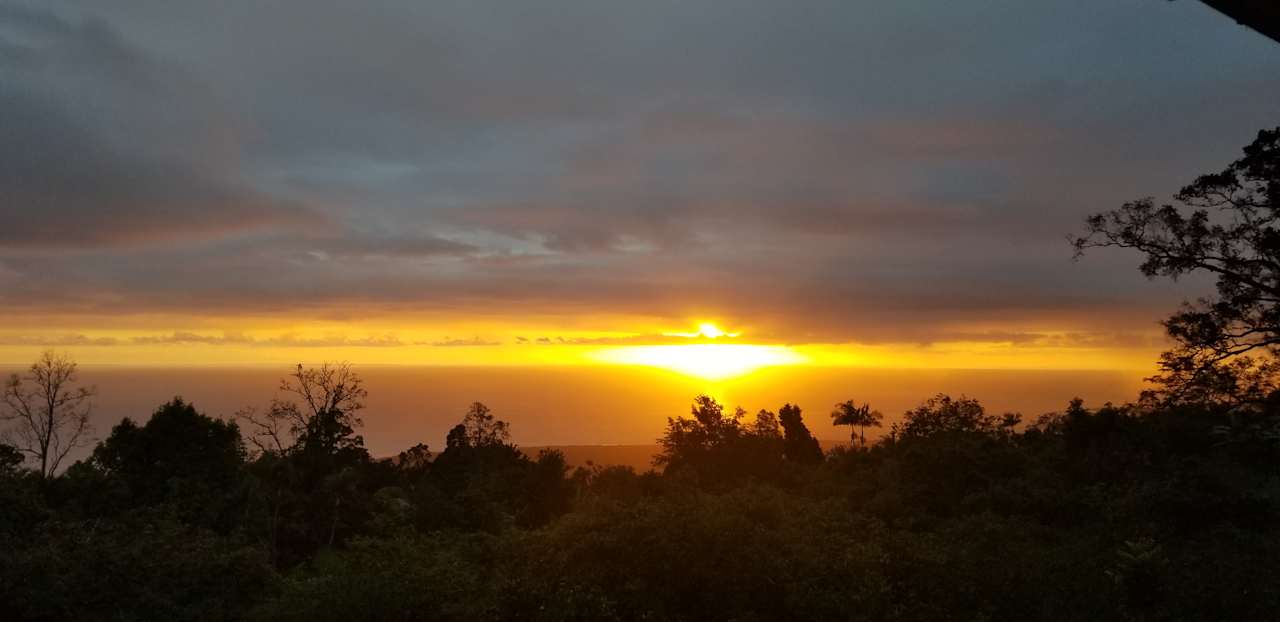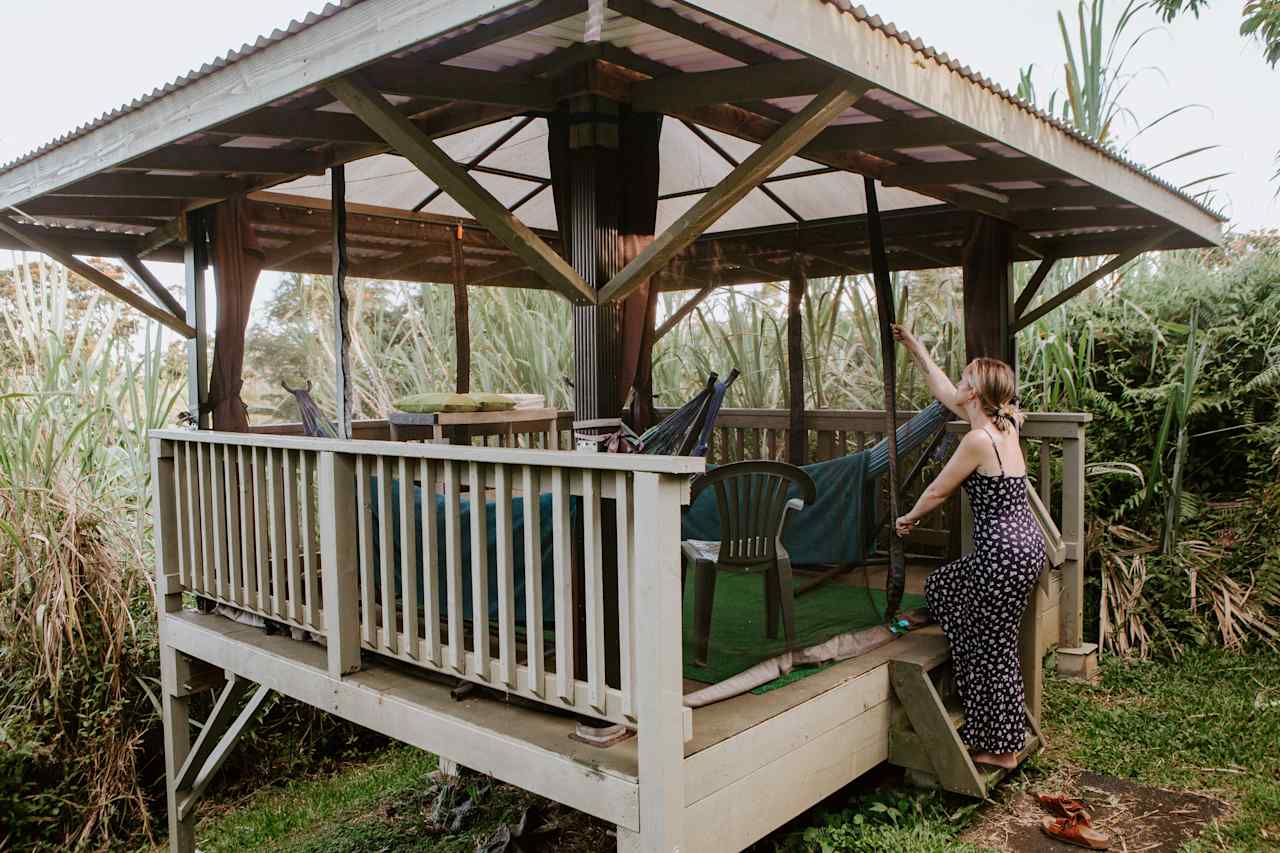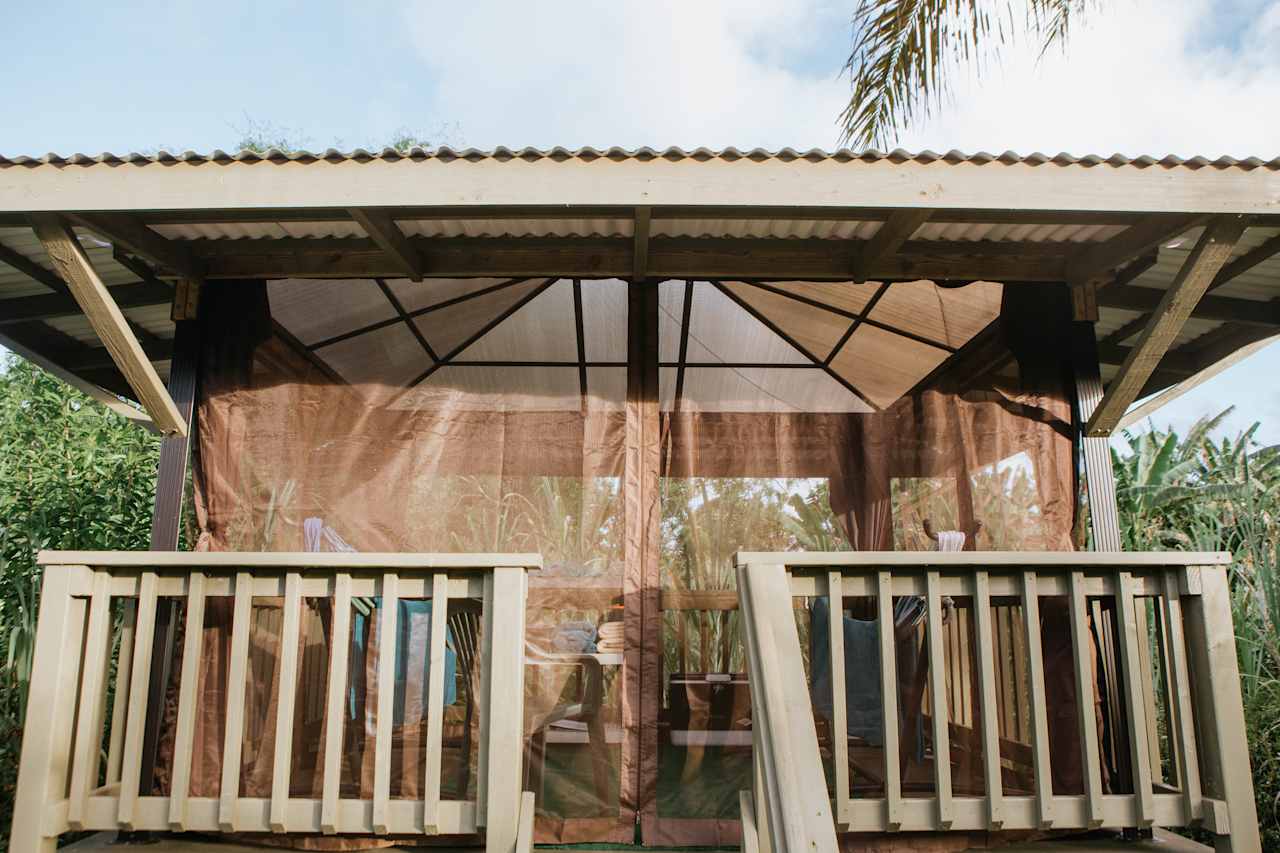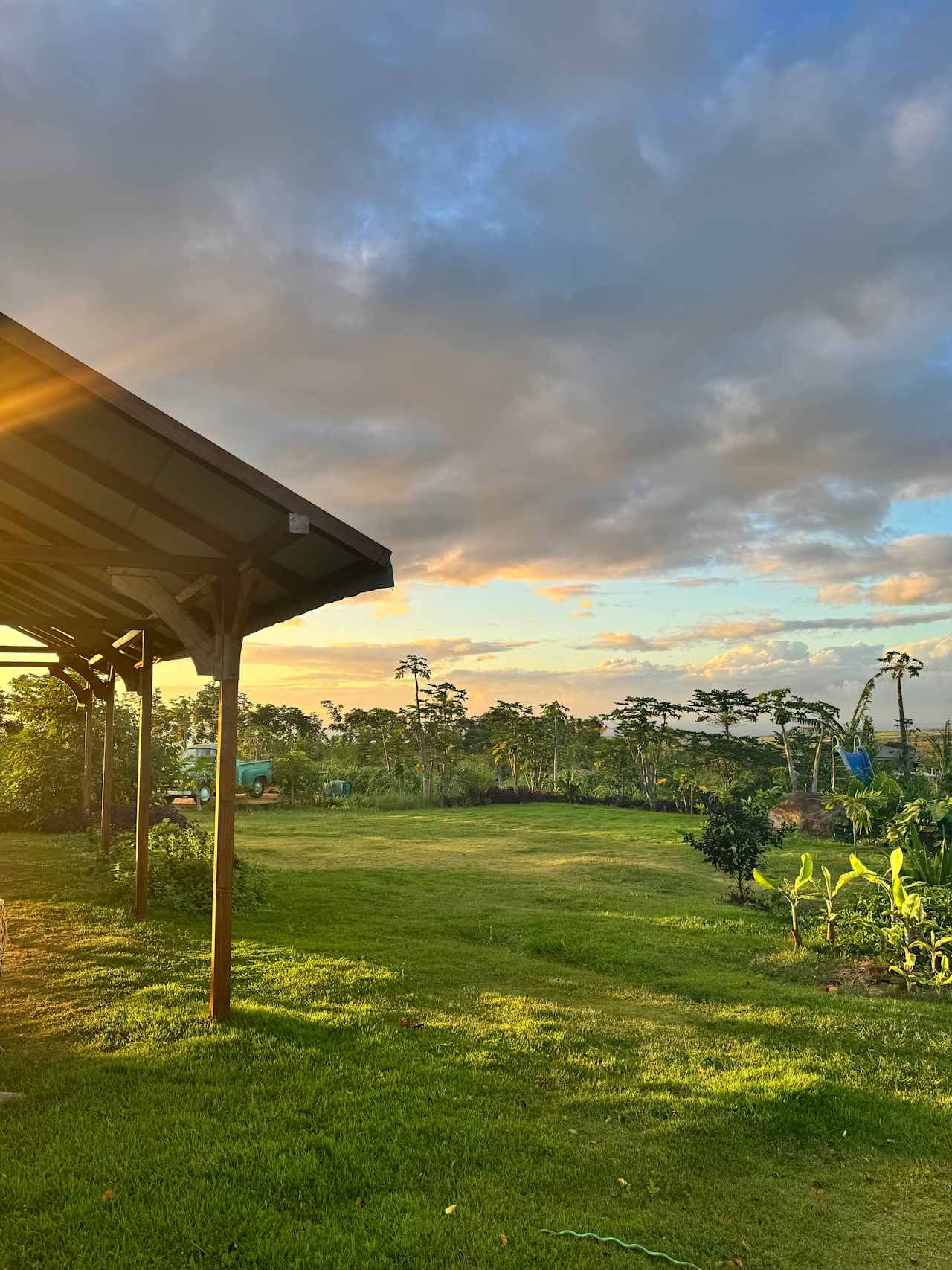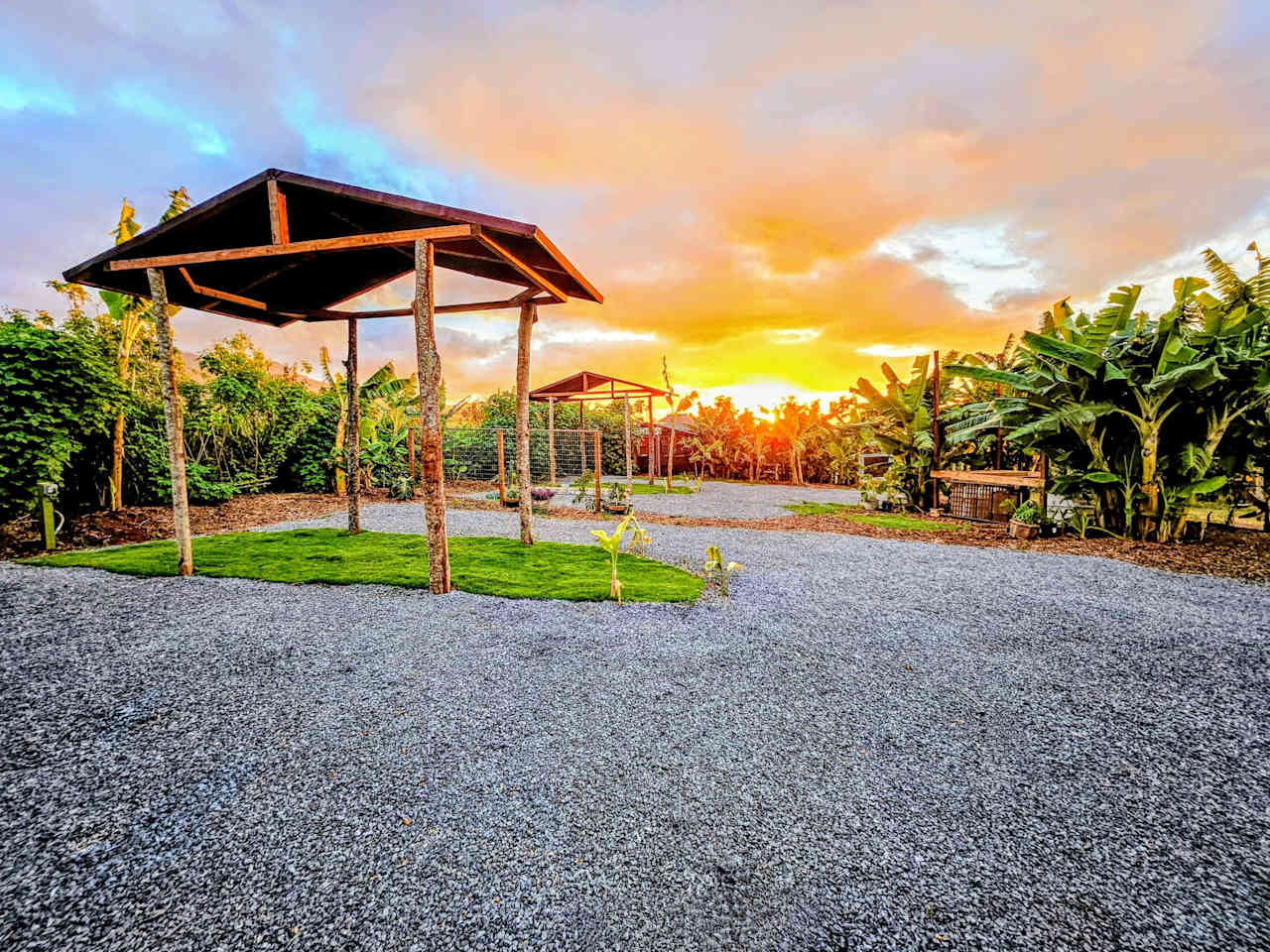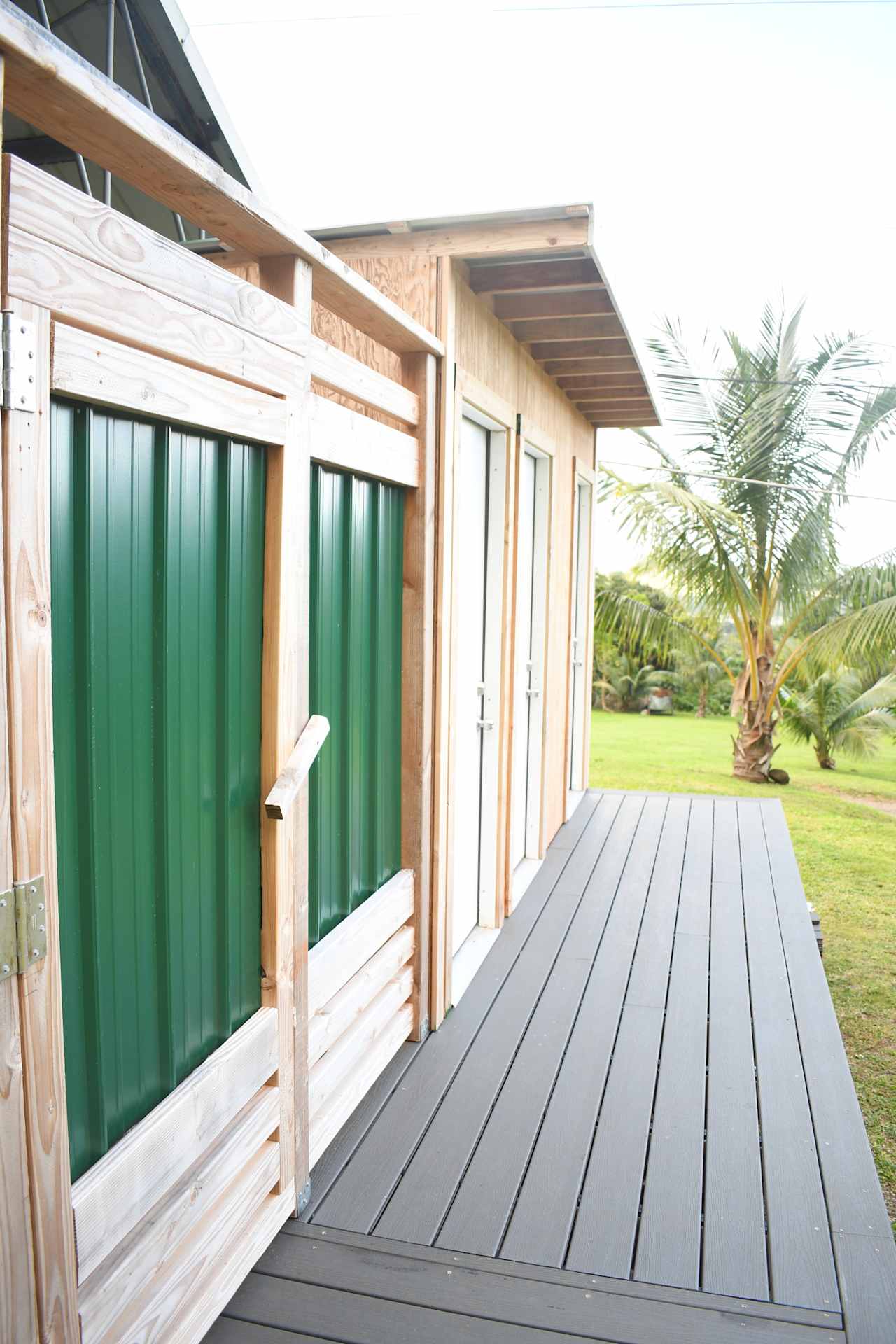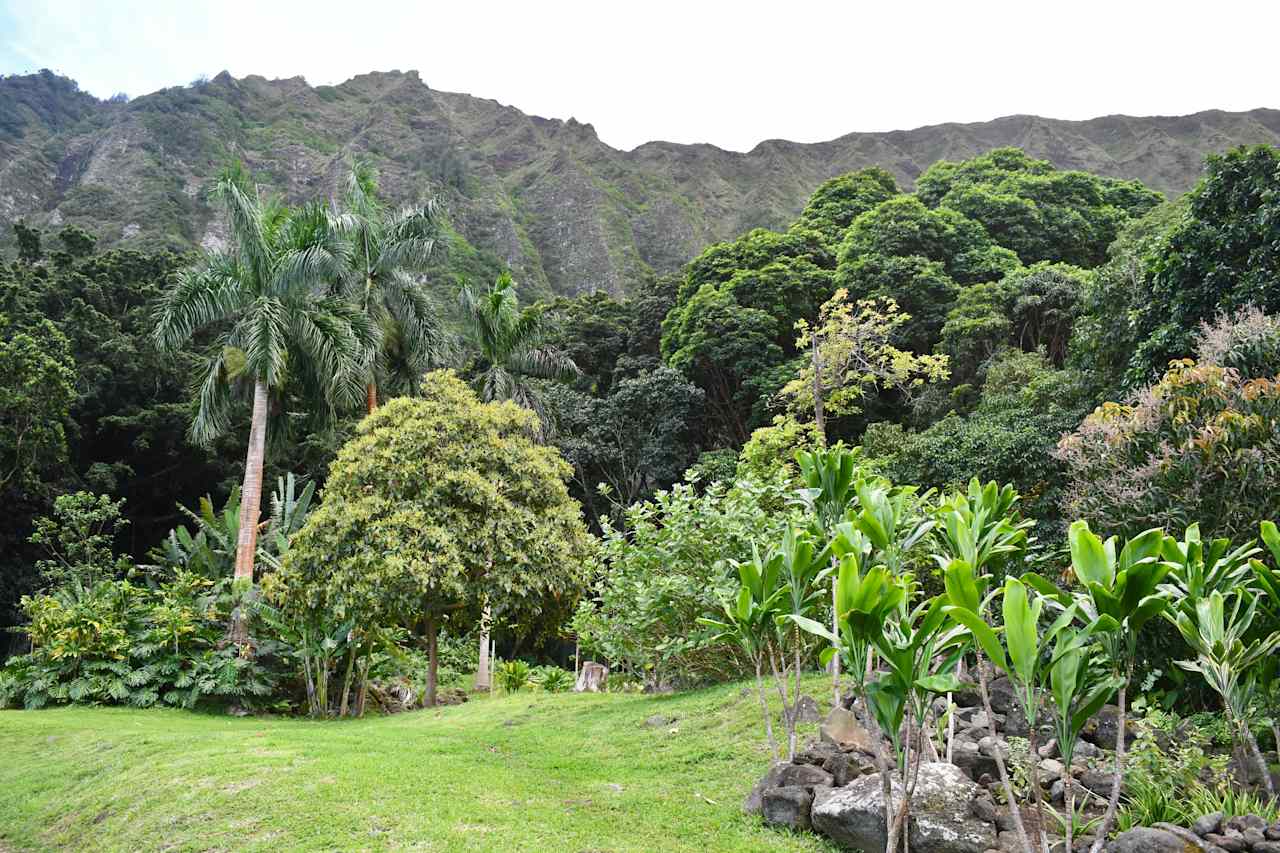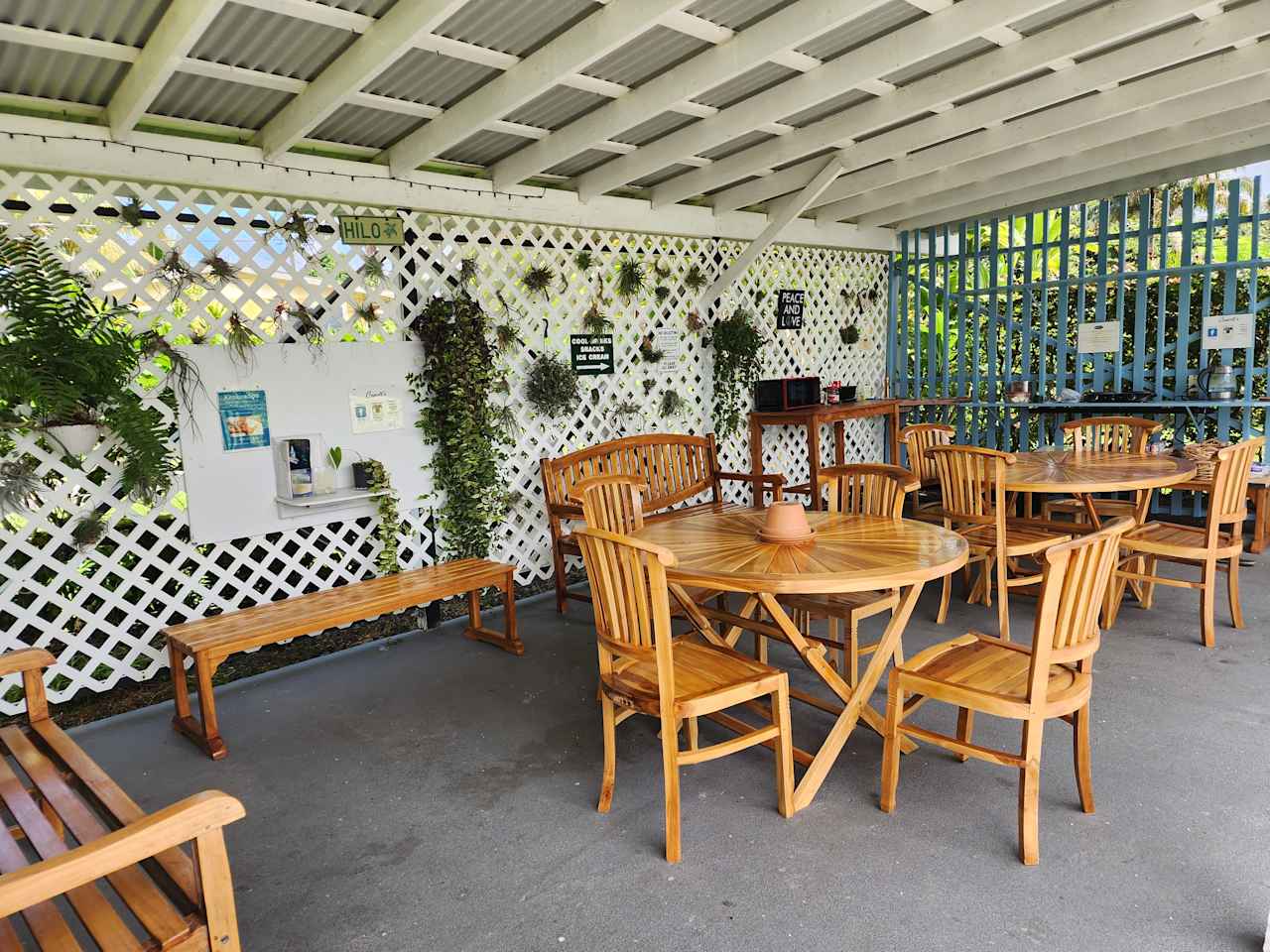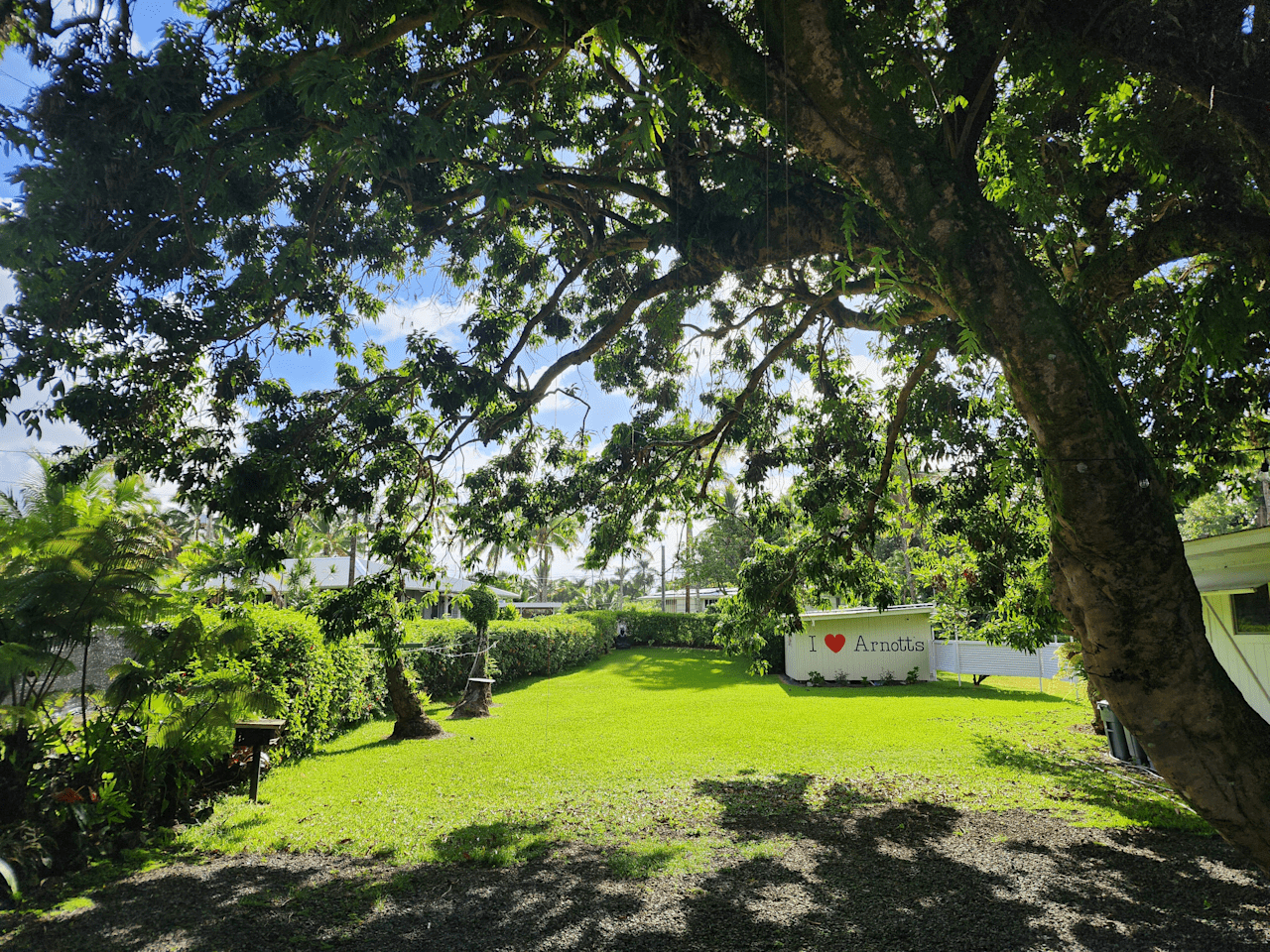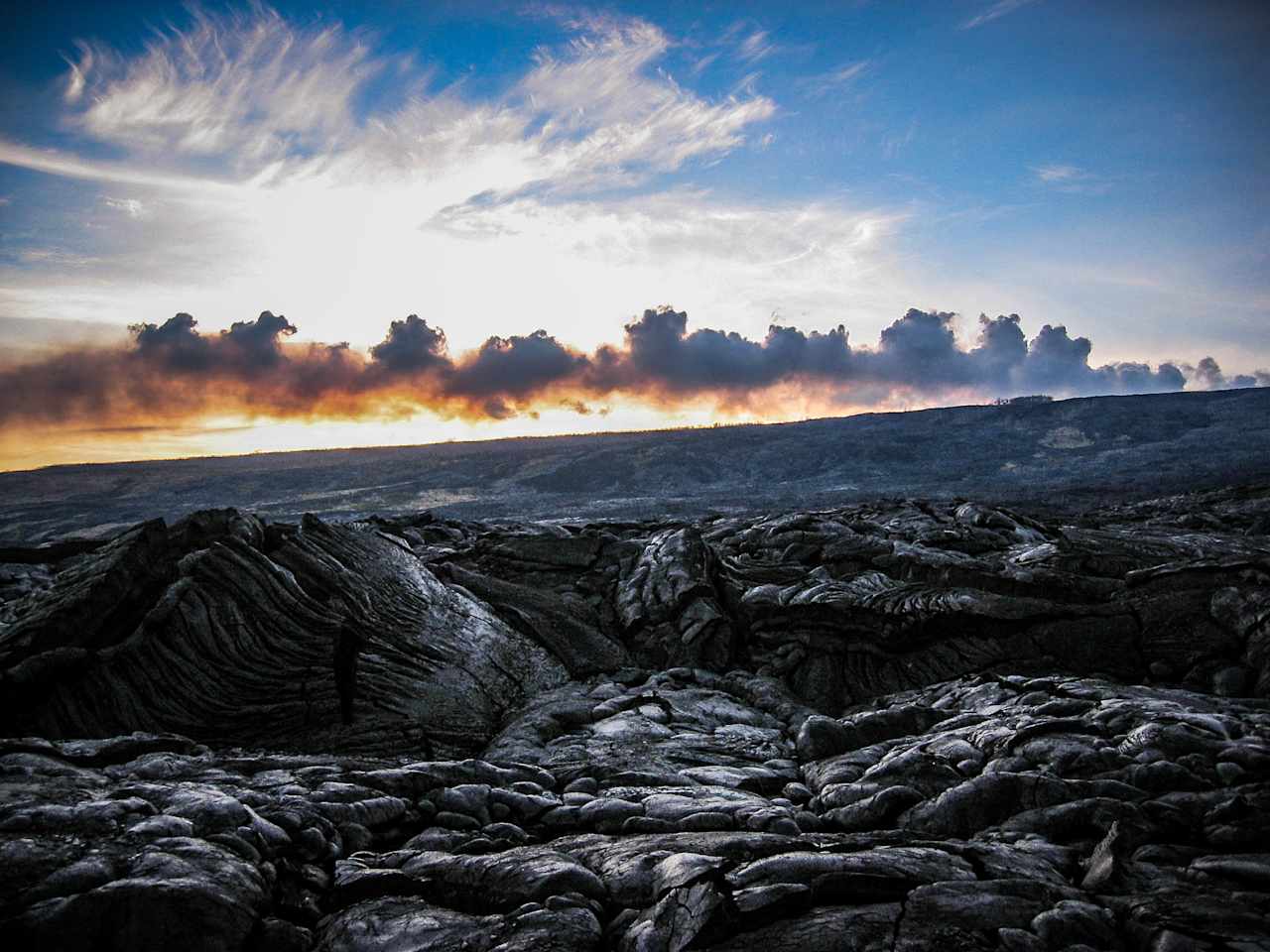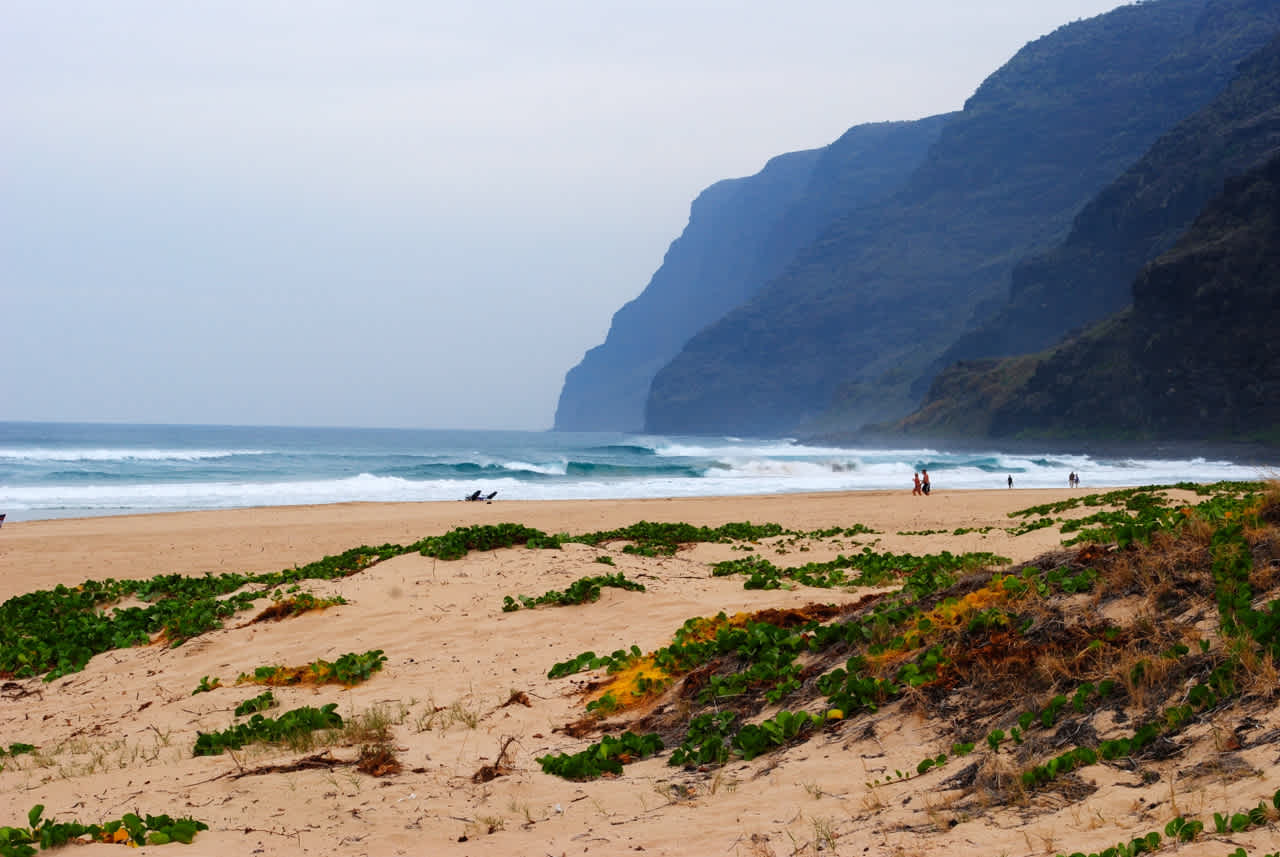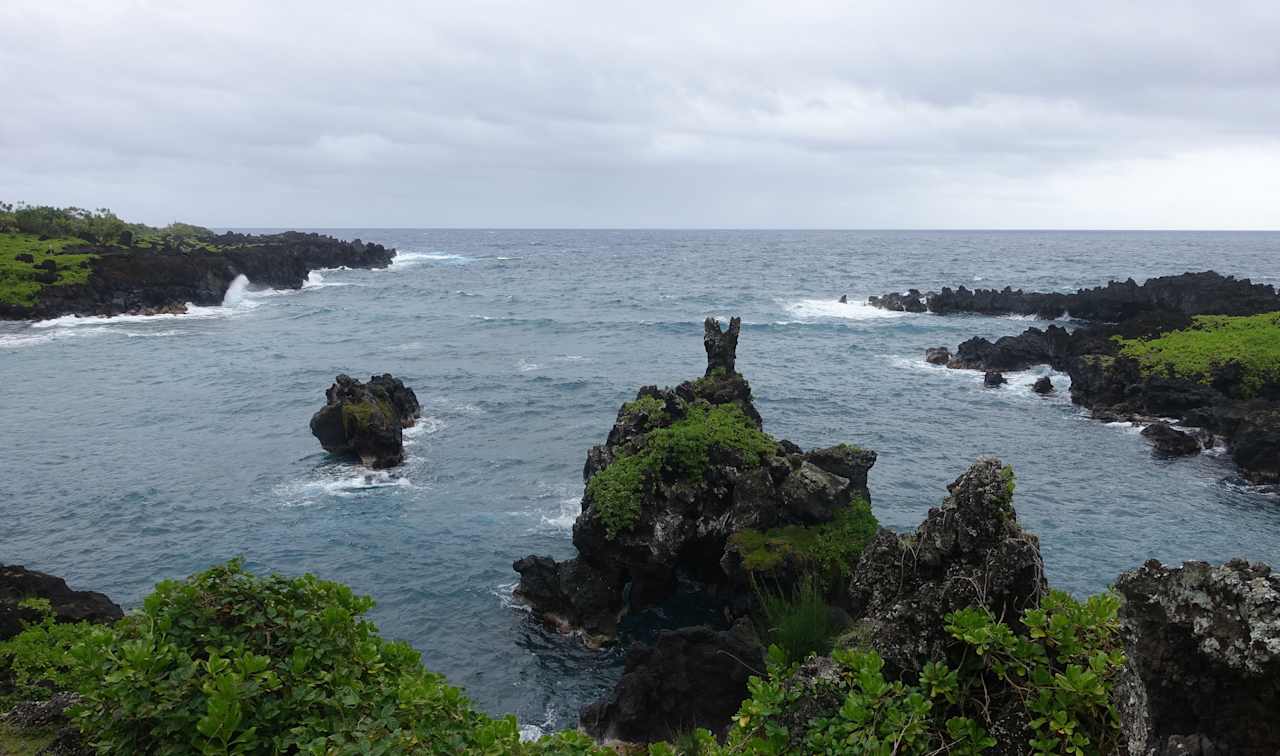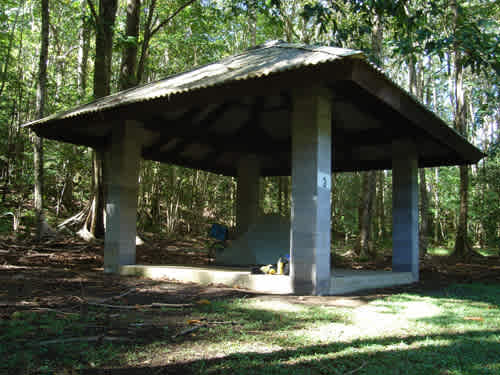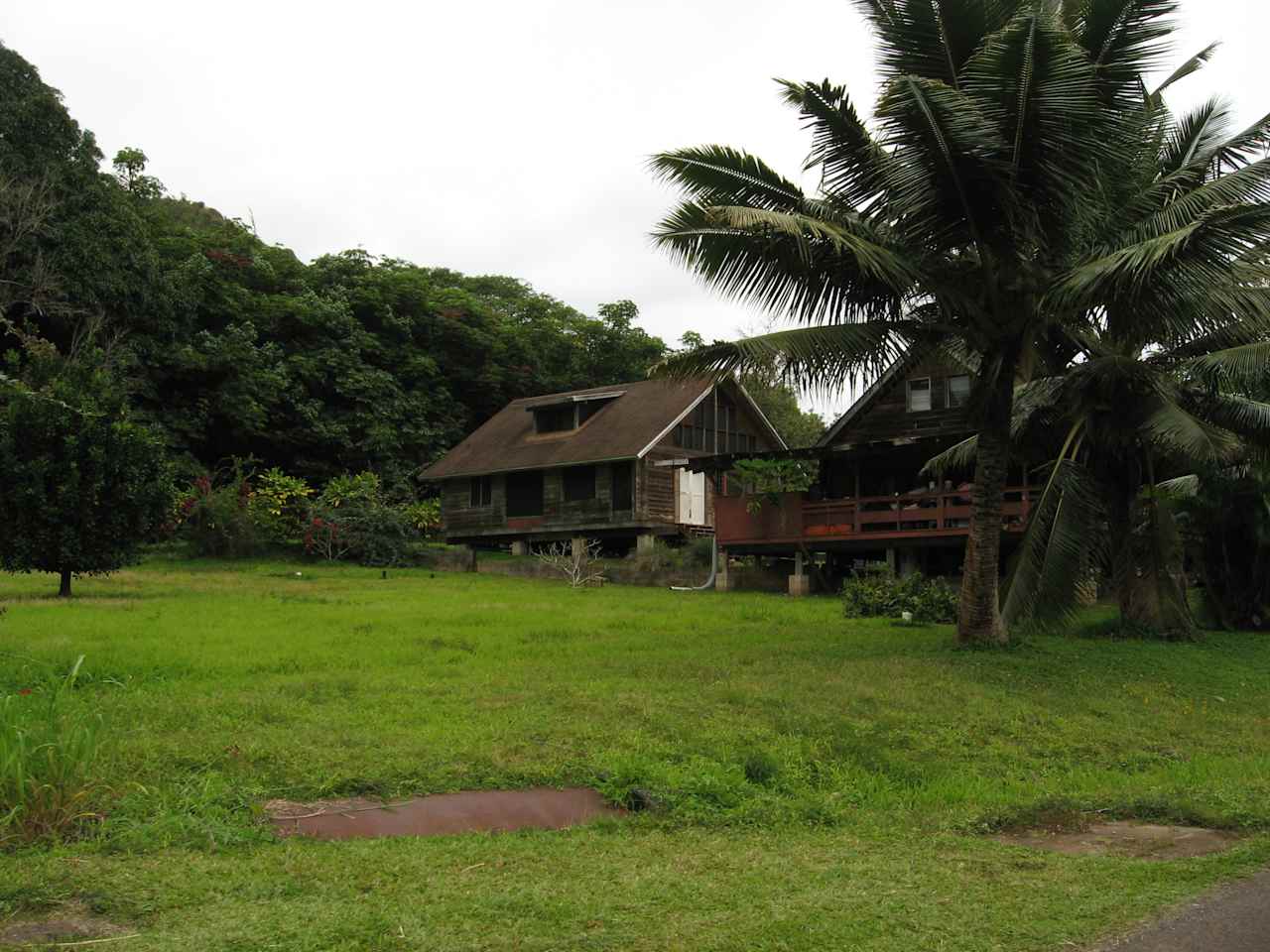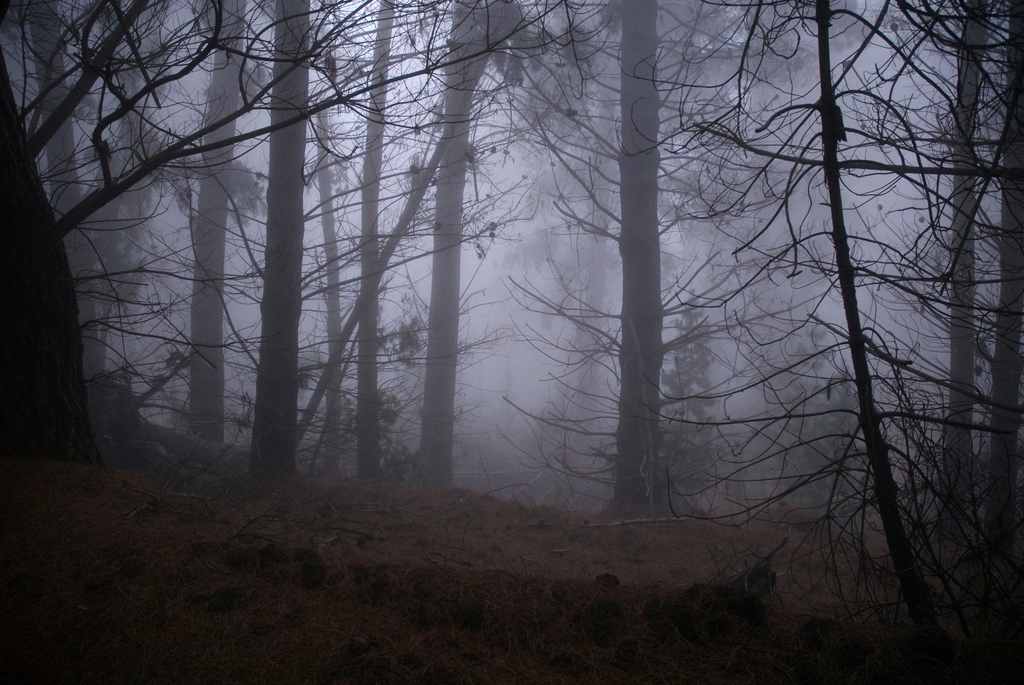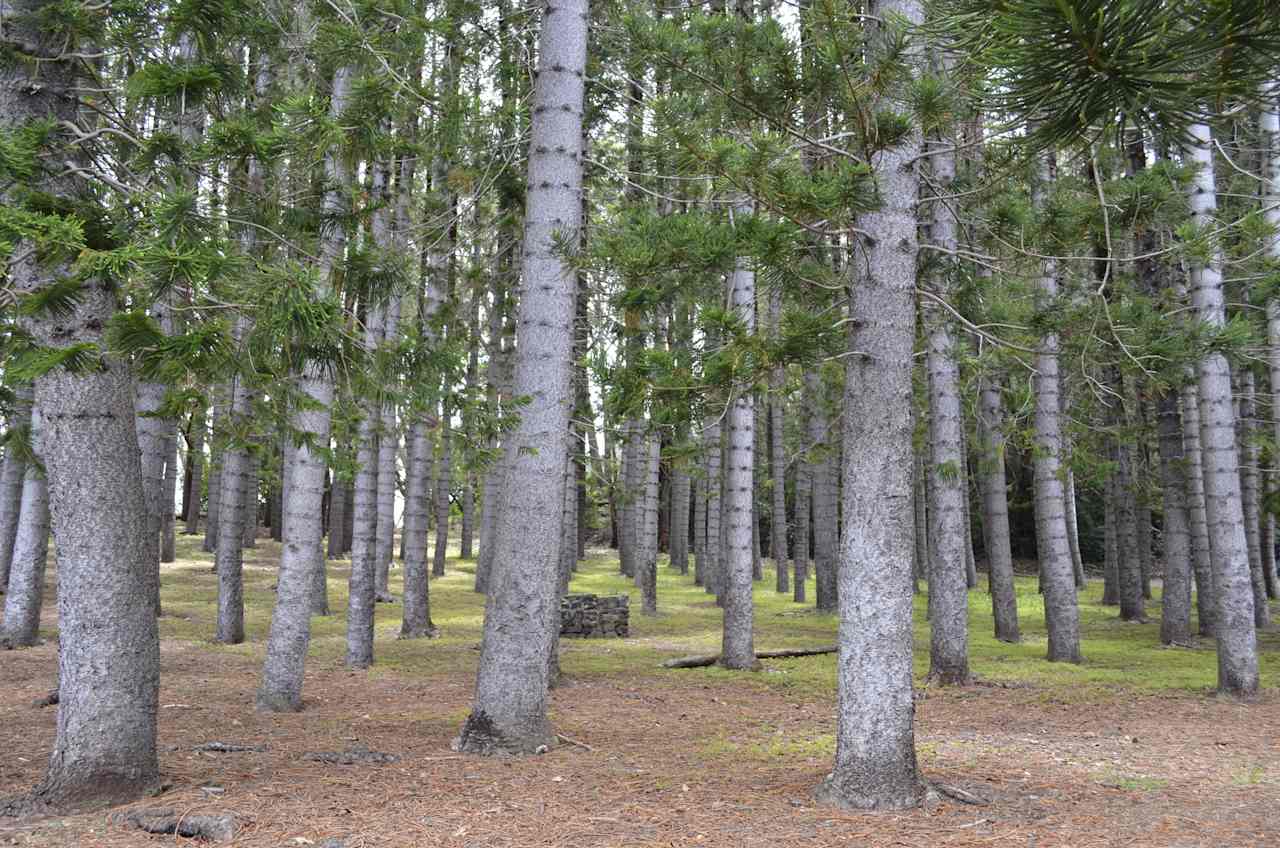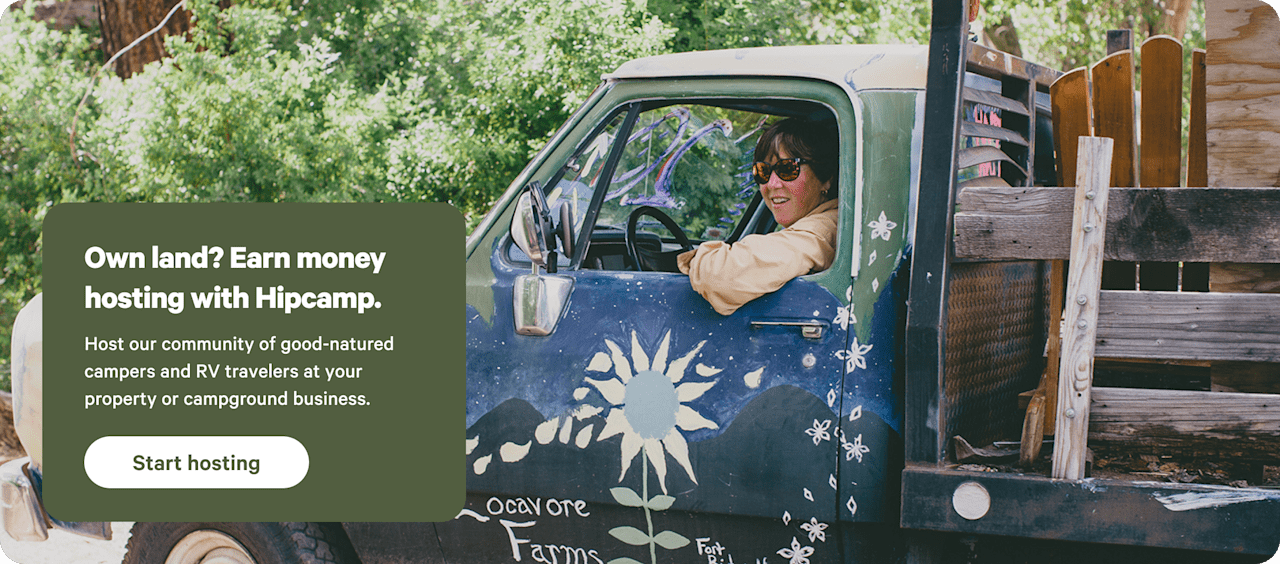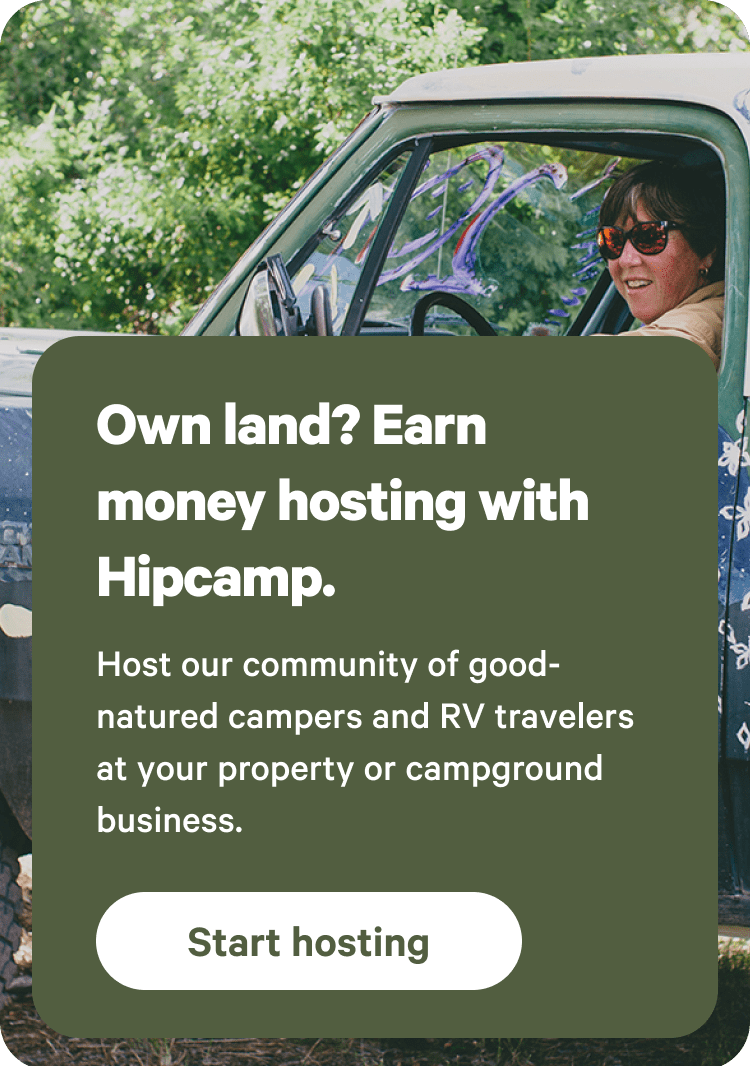Camping in Hawaii
Explore ancient volcanoes and sandy beaches on a camping trip in the Aloha State.
- Hawaii
Popular camping styles for Hawaii
Available this weekend
Under $50
12 top campgrounds in Hawaii
Star Hosts in Hawaii
Dog-friendly getaways
Nearby parks
Explore the area’s public lands.
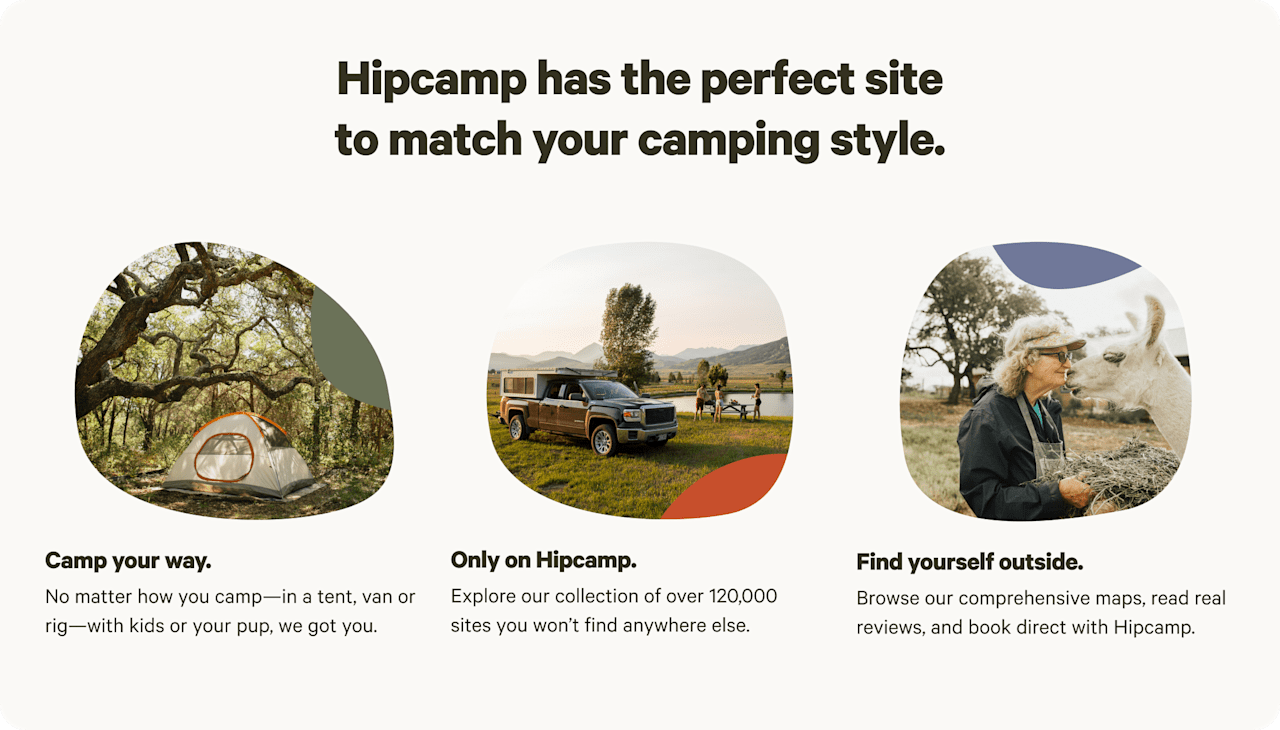

Camping in Hawaii guide
Overview
Although Hawaii is around 2,000 miles from the continental U.S., it's definitely worth the flight. While this tropical island chain is known for its large resorts and sandy beaches, it’s also an incredible place for hiking and camping, not only because of its year-round warm weather, but also because of its sheer diversity of landscapes. Here you’ll find towering volcanoes, tropical forests, massive canyonlands, and historic sites where you can learn about the history and cultural traditions of the islands. And if you don’t want to stay in a resort, you certainly won’t have to: there are many places to set up your tent, from beachfront campgrounds to private retreats.
Where to go
Oahu
Oahu is the state's most-visited island. While many visitors head straight to Honolulu's sandy Waikiki Beach, the island offers plenty to experience outside the big city, with gorgeous beaches all over, plus tons of hiking trails. If you want to camp, you’ll find options at Ahupua'a 'O Kahana State Park and Bellows Field Beach Park, both on the island’s eastern shores.
The Big Island
The Big Island's size isn't its only claim to fame. It's also known for its tasty Kona coffee and for its abundance of volcanoes, including Kīlauea and Mauna Loa, both in Hawaii Volcanoes National Park, one of four national parks on the island. There are also lots of places to camp on the island, including at the Kalōpā State Recreation Area and the Kīholo State Park Reserve (weekend camping only).
Maui and Molokai
Maui is well known for its large resorts and gorgeous scenery, especially in the emeraldine ʻĪao Valley State Monument and from Haleakalā National Park, the best place on the island for a sunrise hike. Reservable campsites can be found at both Wai'ānapanapa State Park and the Polipoli Spring State Recreation Area. The nearby island of Moloka'i is a quiet alternative, without the big development found on other islands. Camping is available in the island's Pālāʻau State Park.
Kauai
Dubbed the "Garden Isle" for its numerous gardens and overall lush landscapes, Kauai feels quieter and more laid-back than Maui or Oahu. Its best-known hiking areas include the pristine Nāpali Coast (only accessible by foot or boat) and the vibrantly hued Waimea Canyon State Park, often referred to as the "Grand Canyon of the Pacific." You can camp in the Nāpali Coast State Wilderness Park, provided you obtain a permit in advance, or in Kōke'e State Park and Polihale State Park.
When to go
Hawaii only has two real seasons: a hotter, dryer summer season (April–October) and a cooler, rainier winter (November–March). The resorts and tourist destinations across the islands are at their busiest during the summer and winter vacation months, and hotel and flight prices tend to soar during these periods. Late spring and early autumn are ideal for avoiding rainfall and crowds. Flights from the mainland are generally at their cheapest between January and March.
